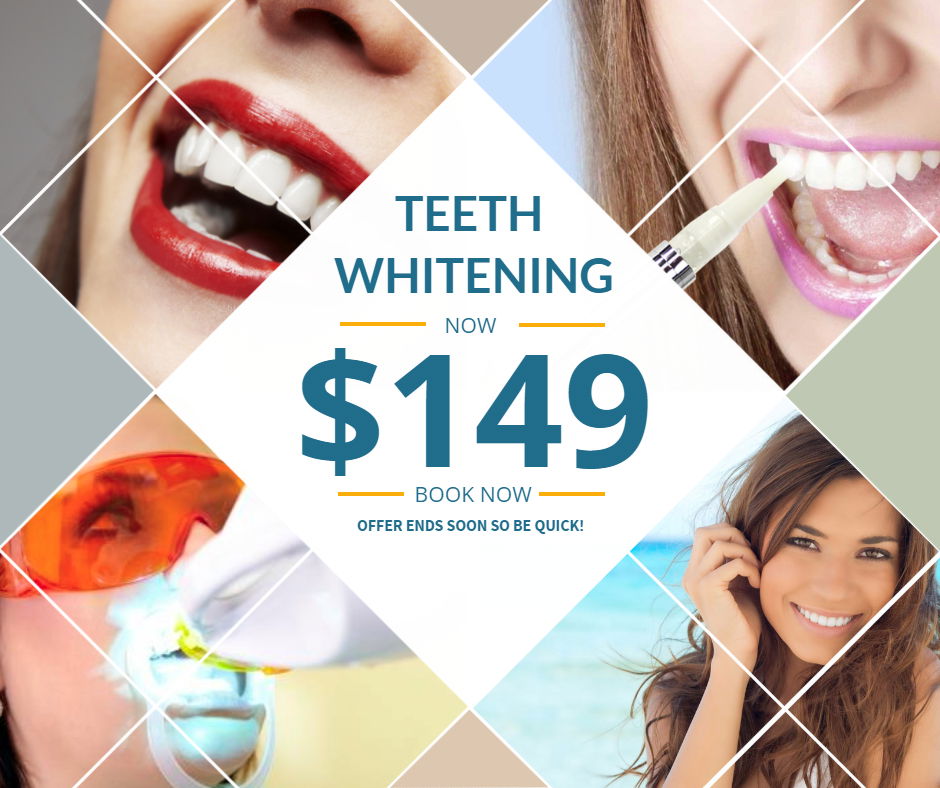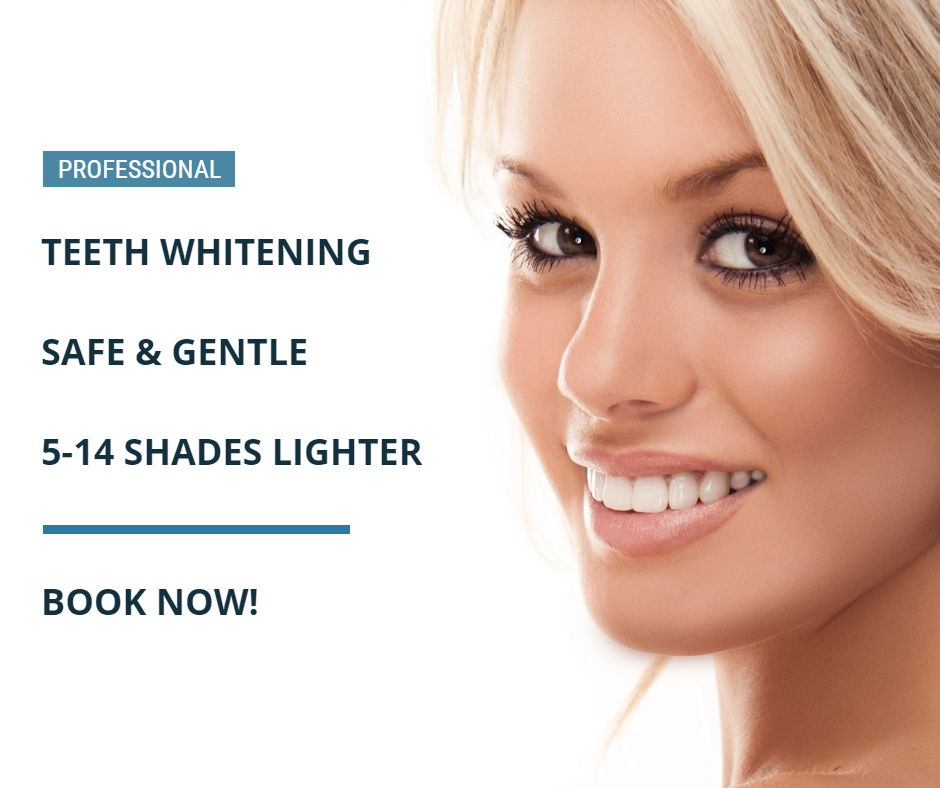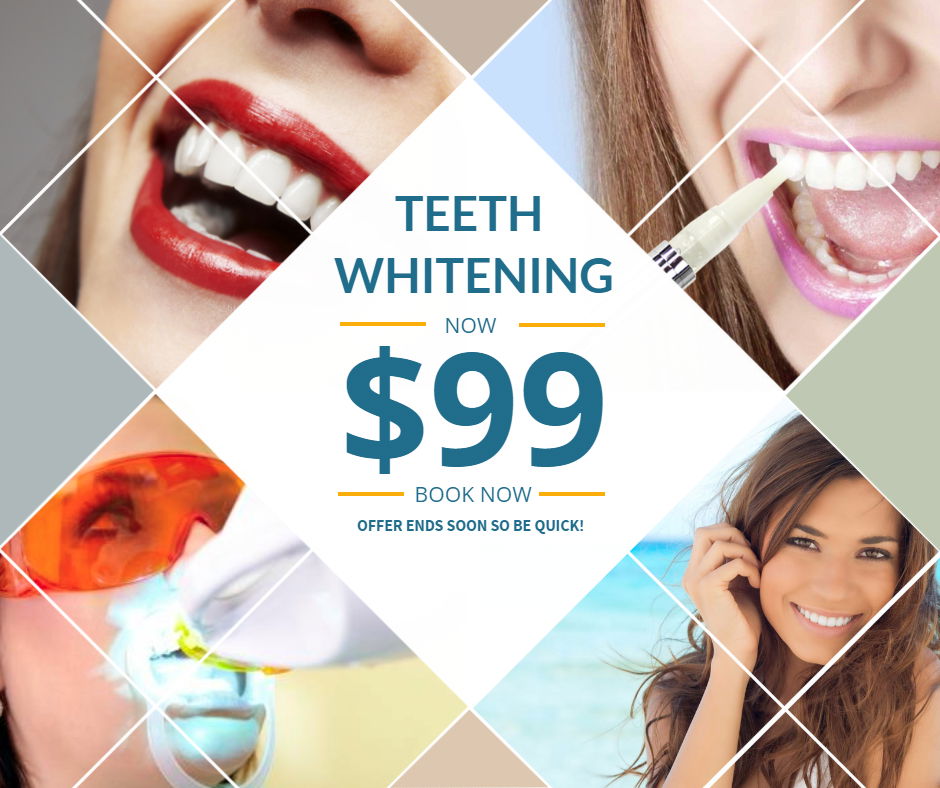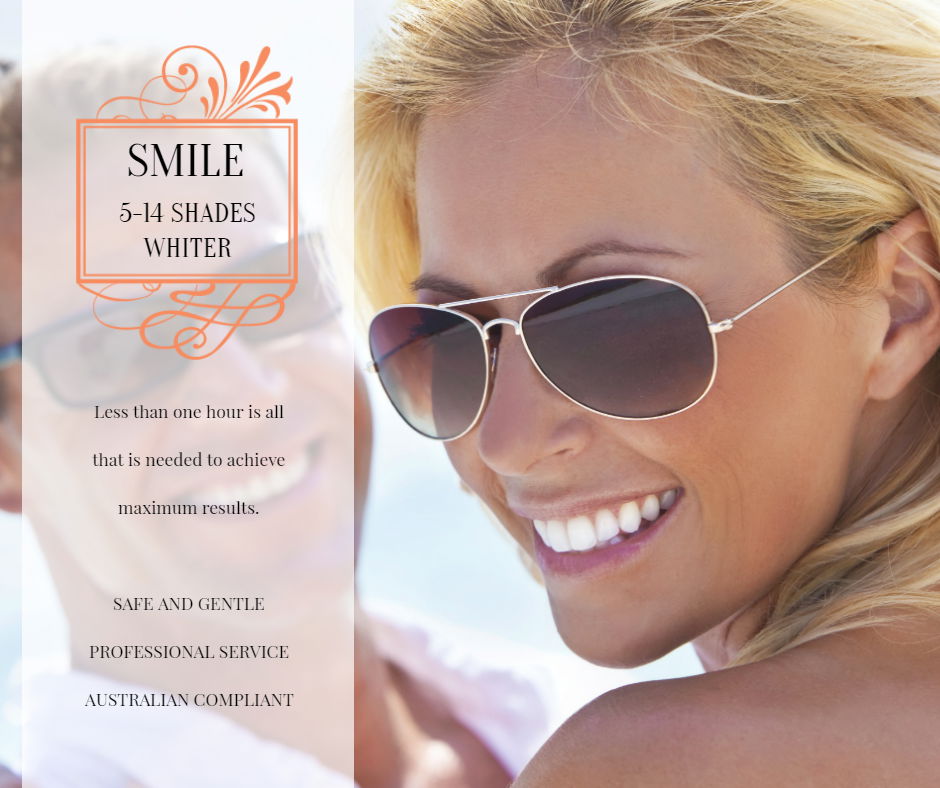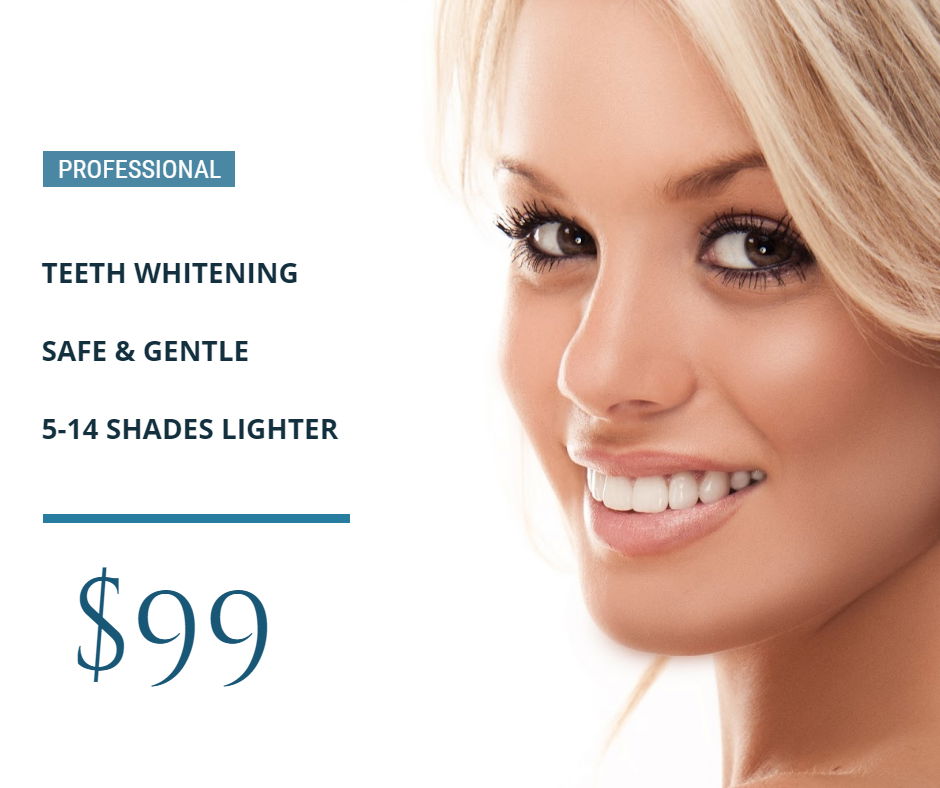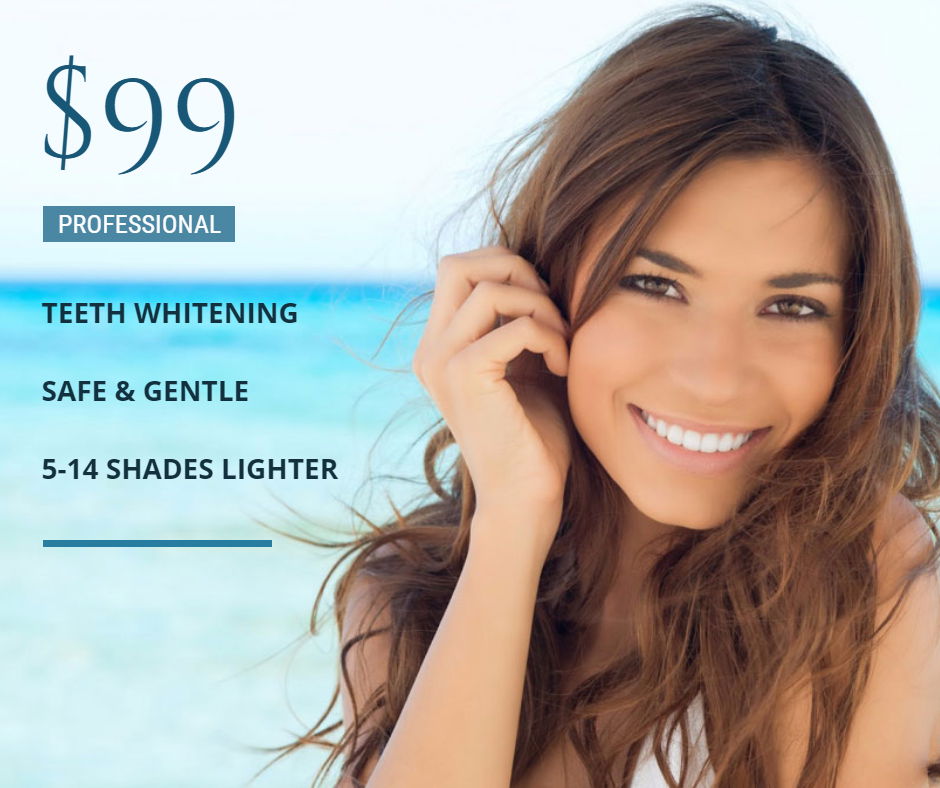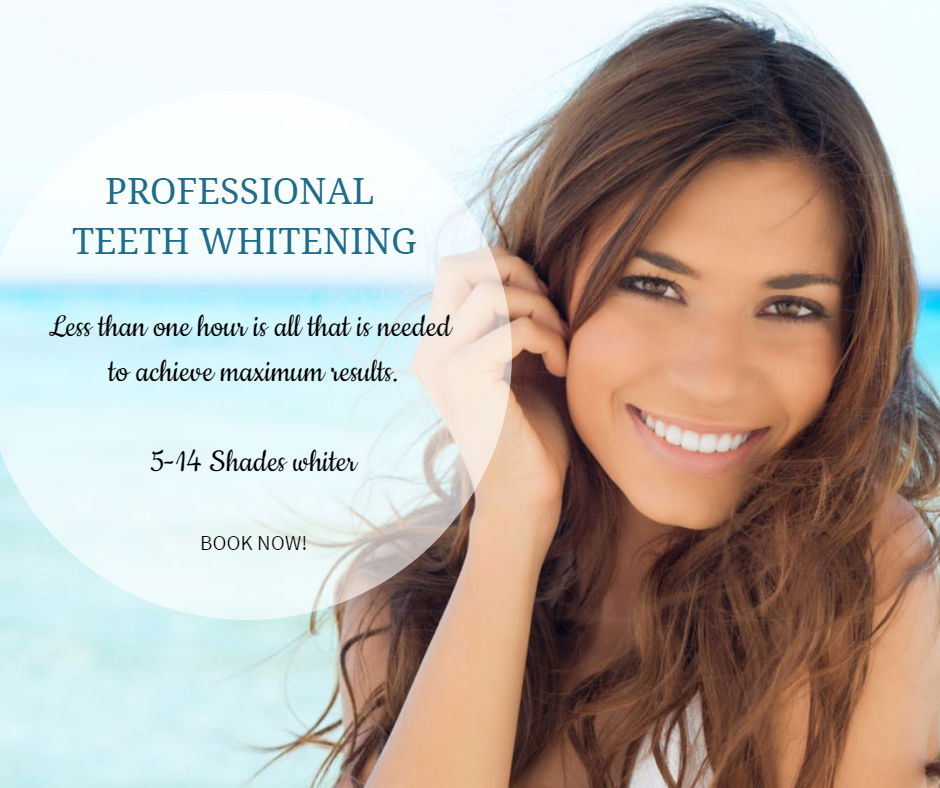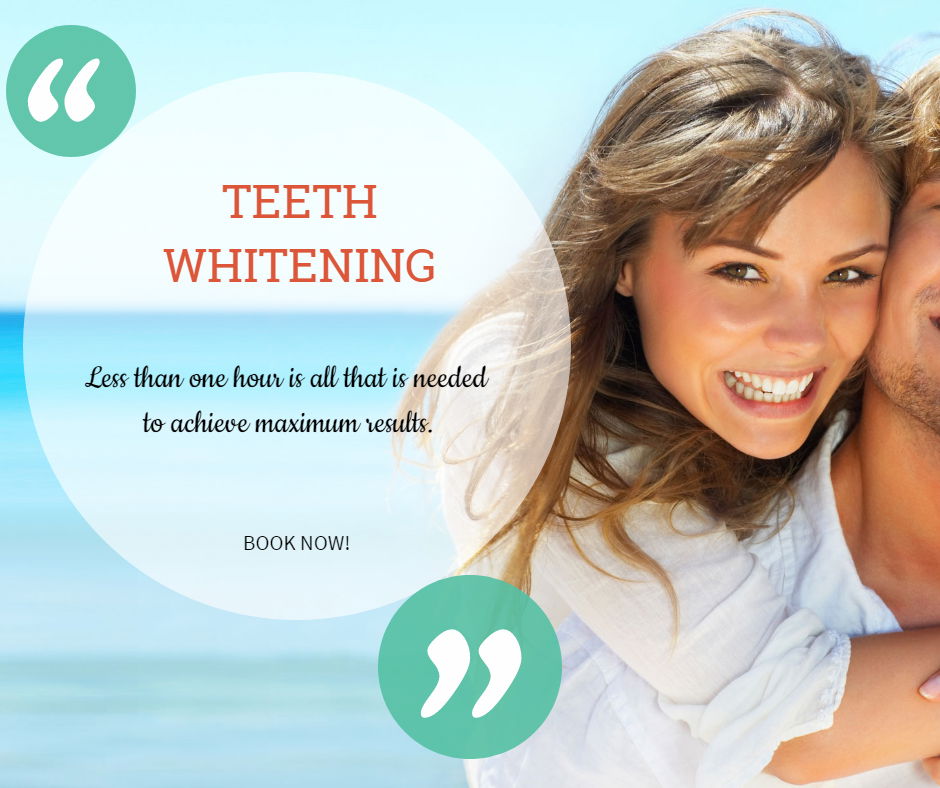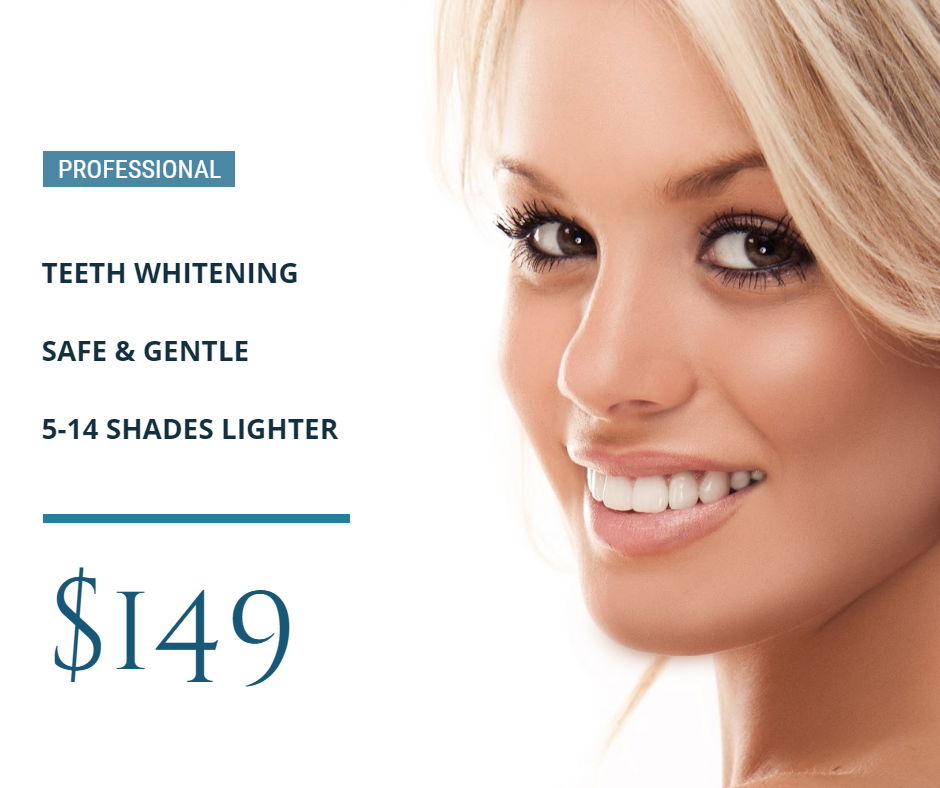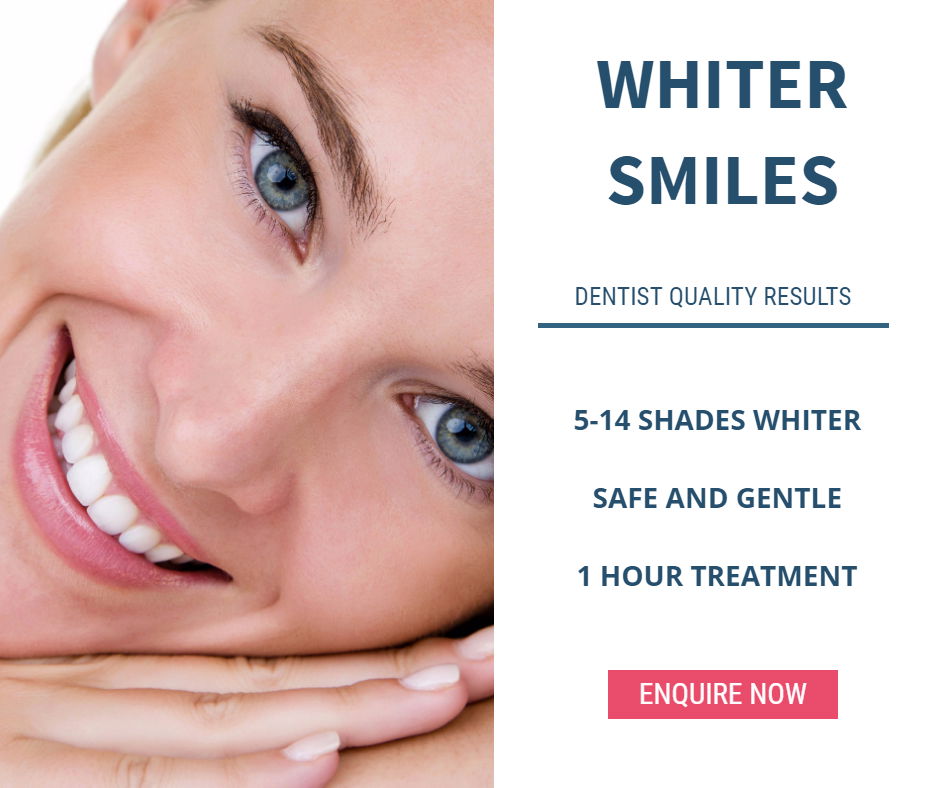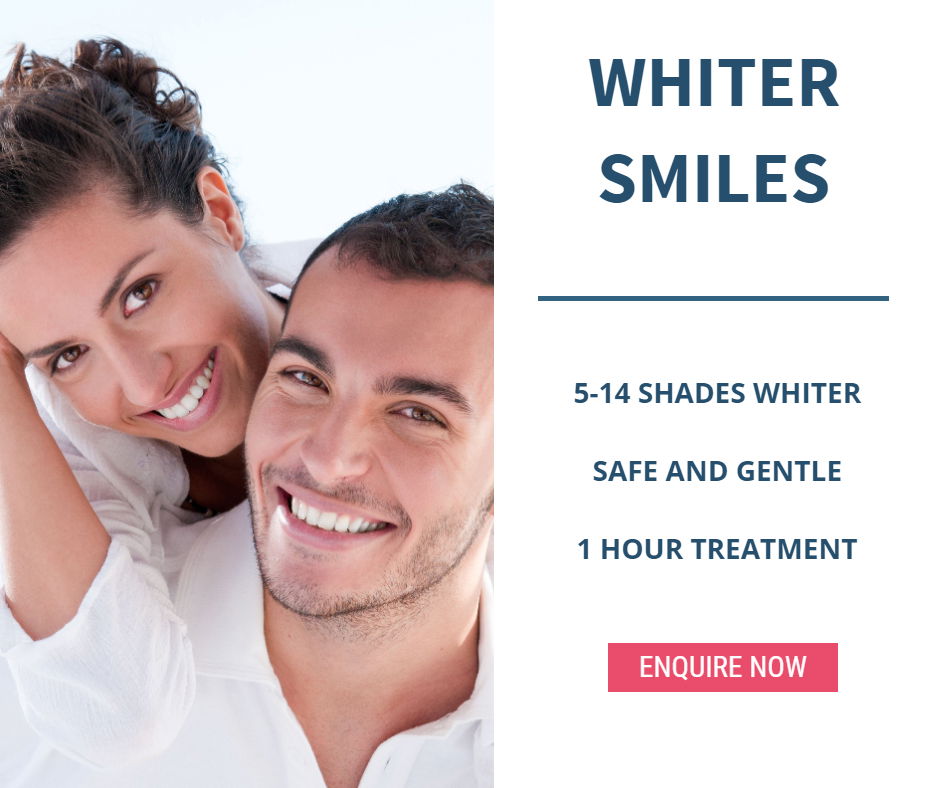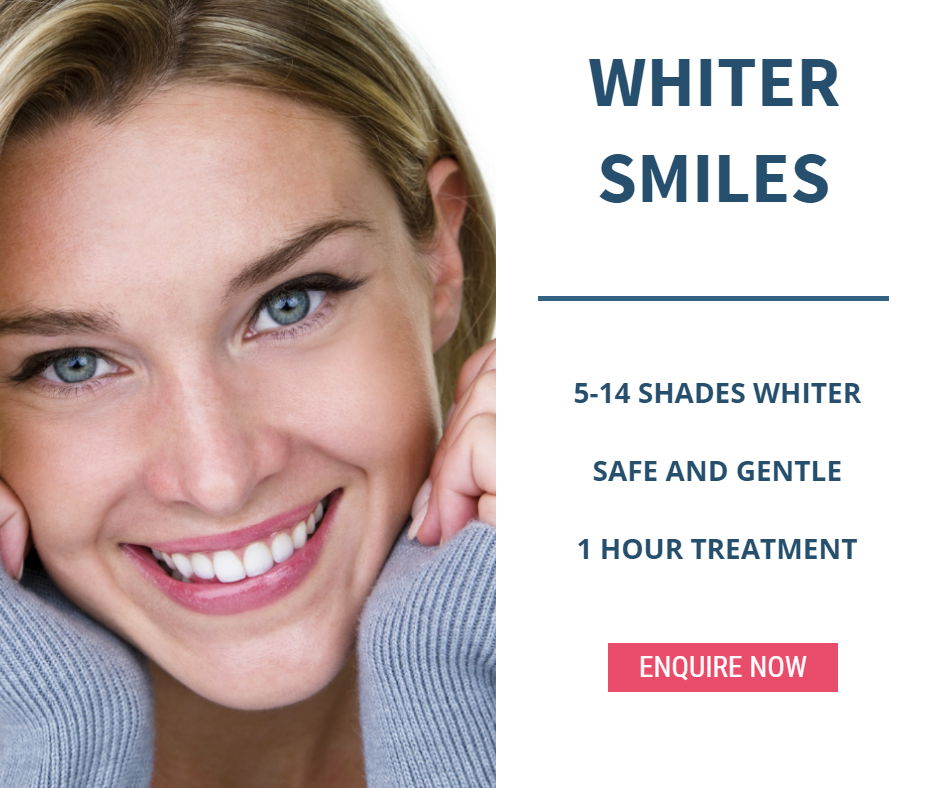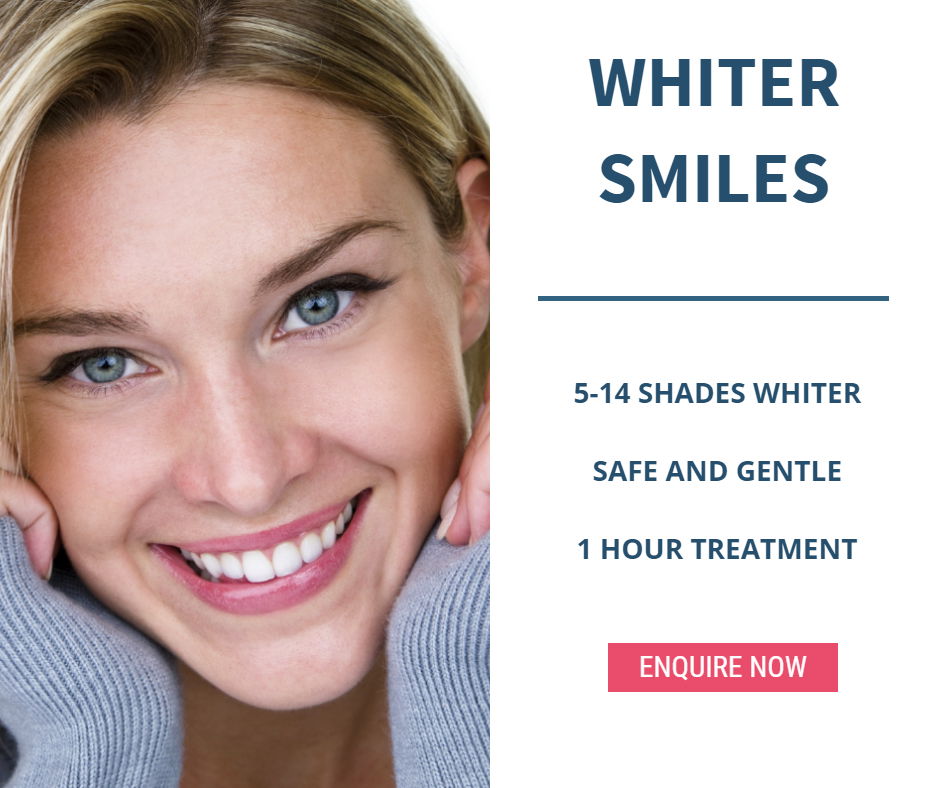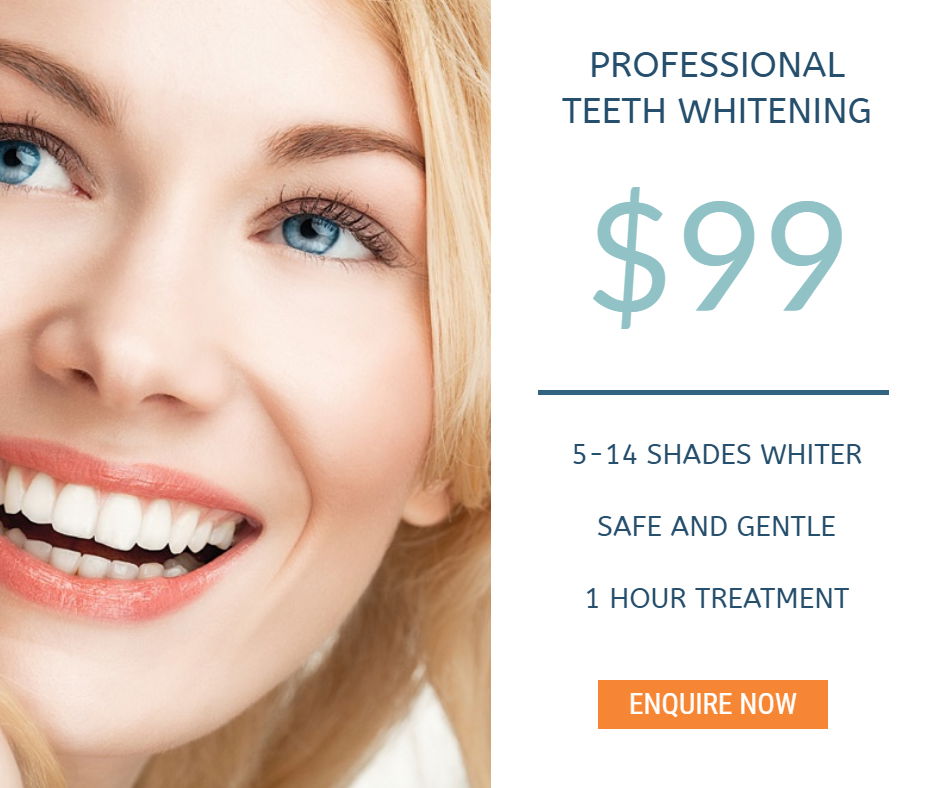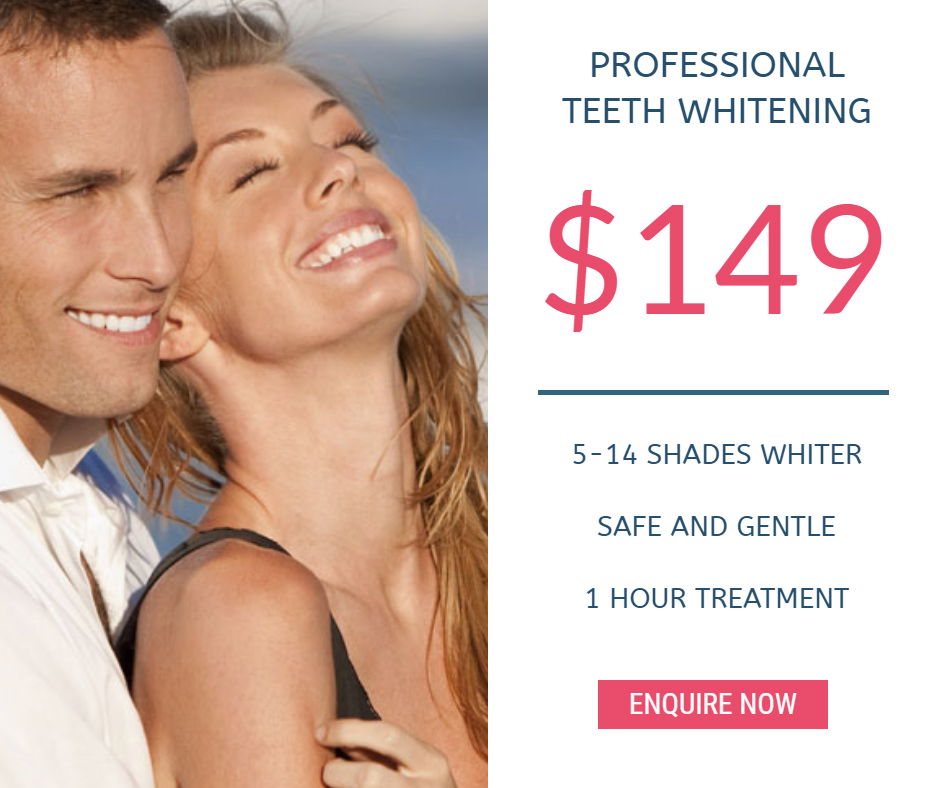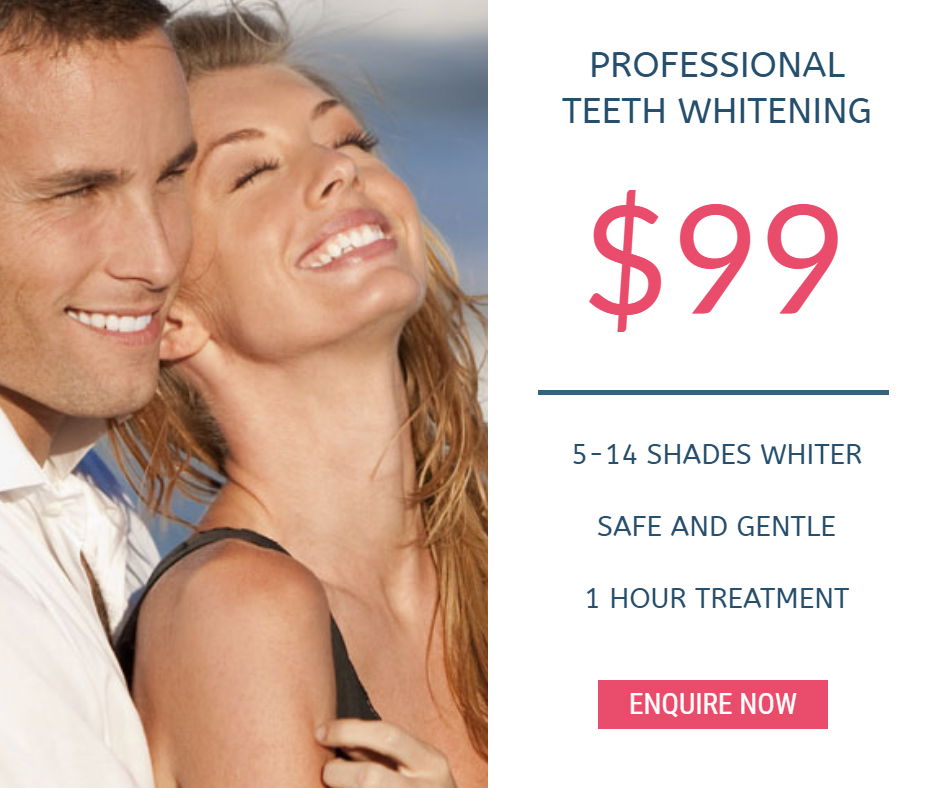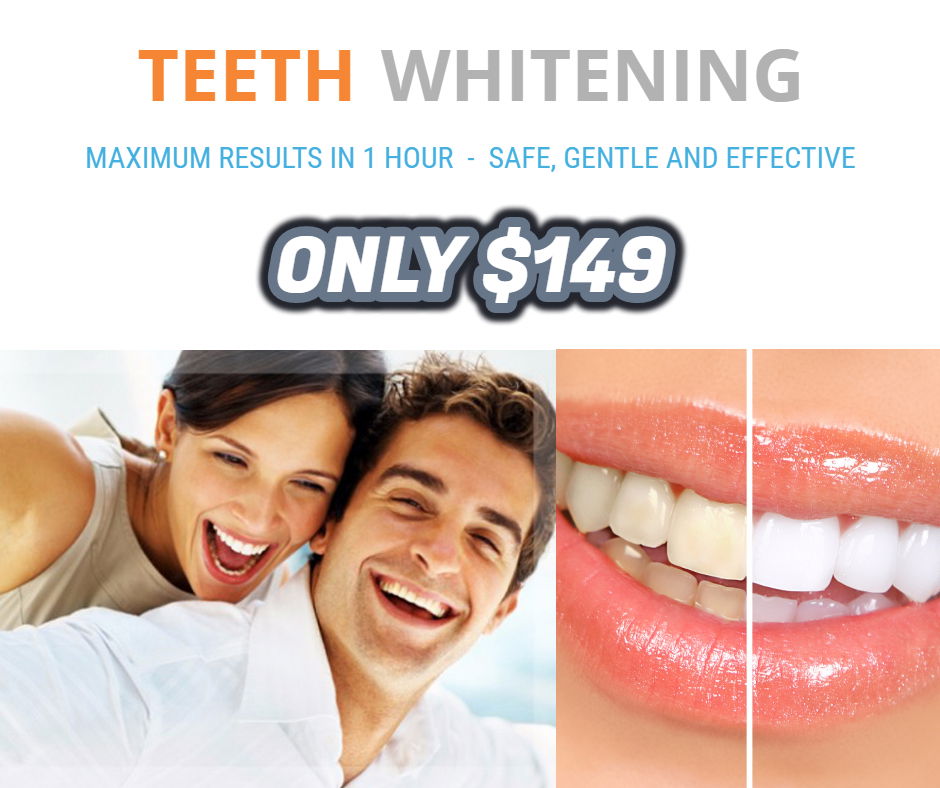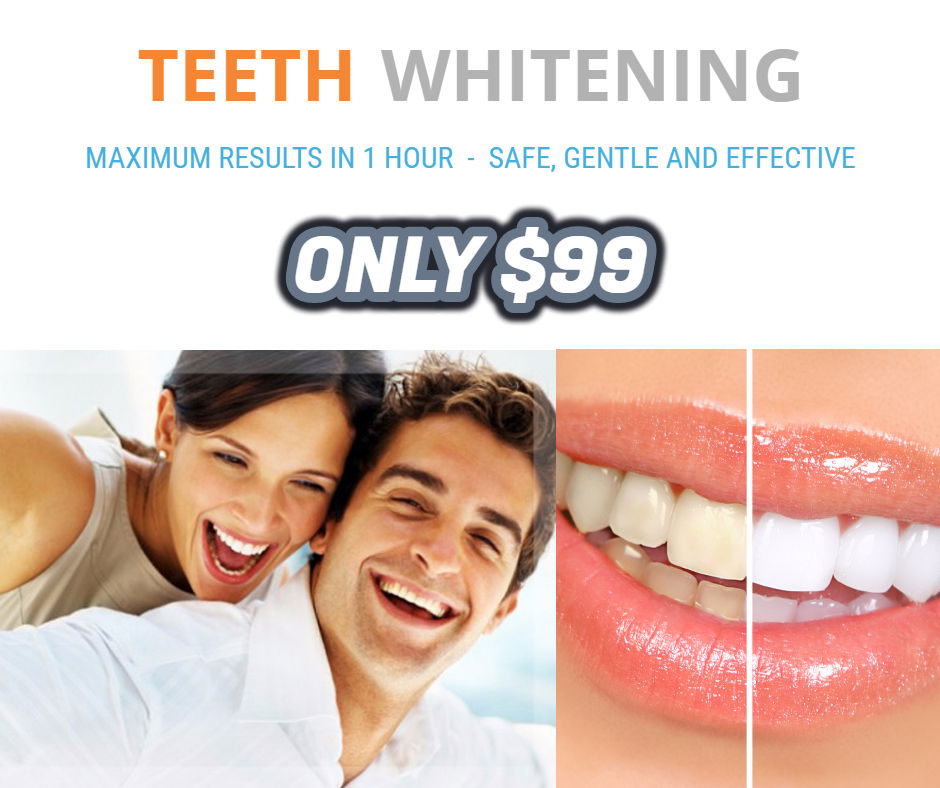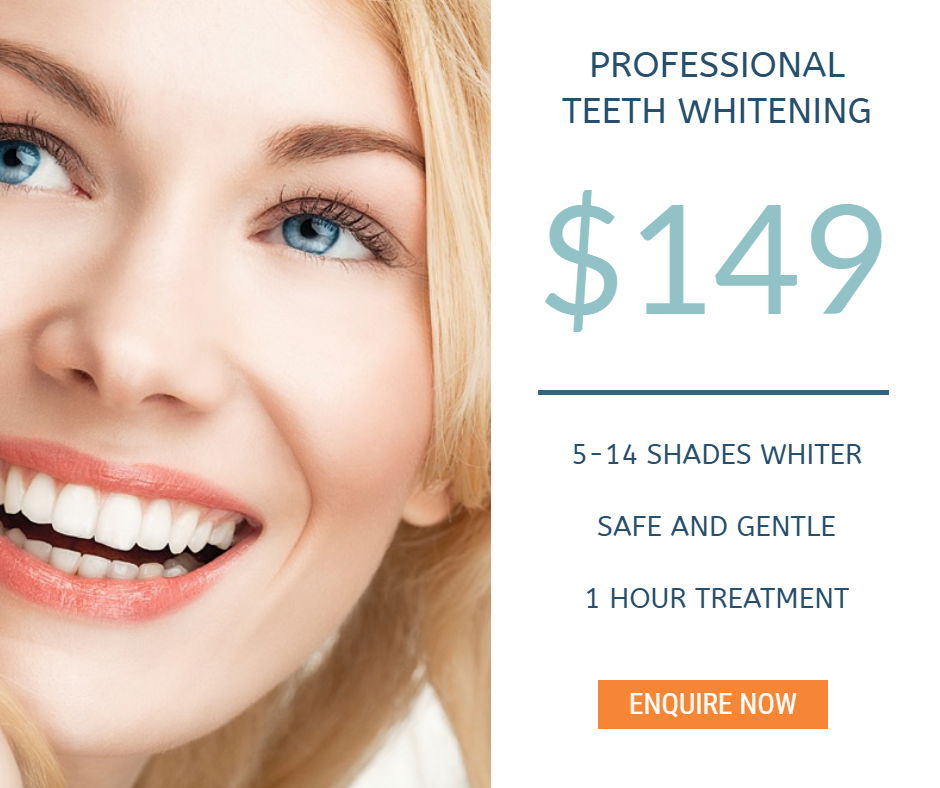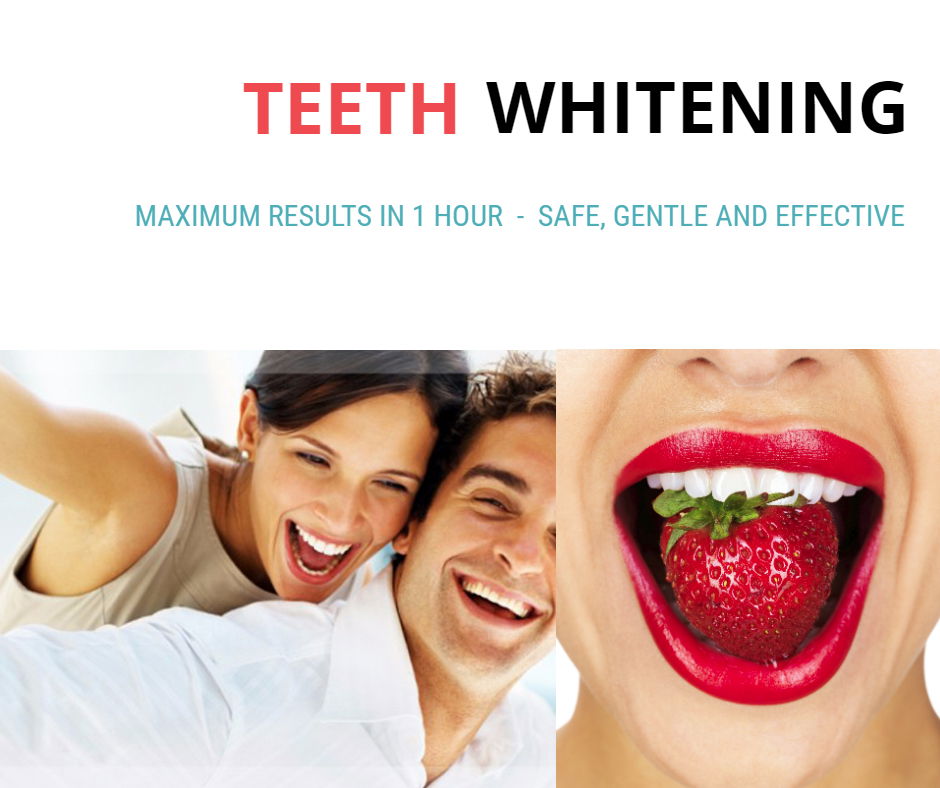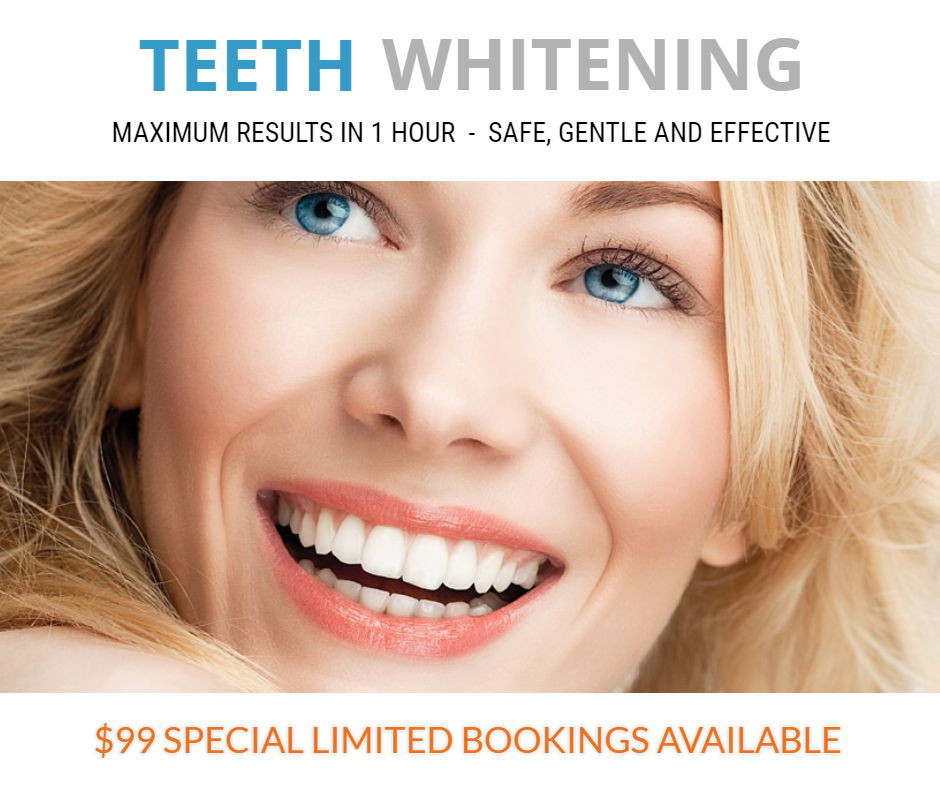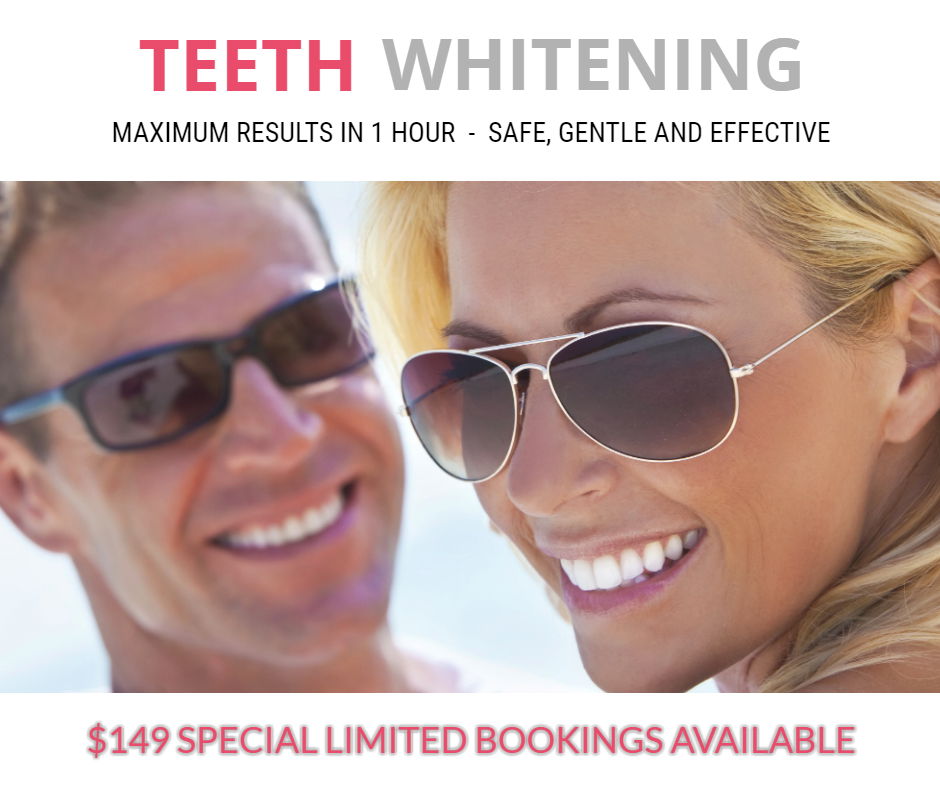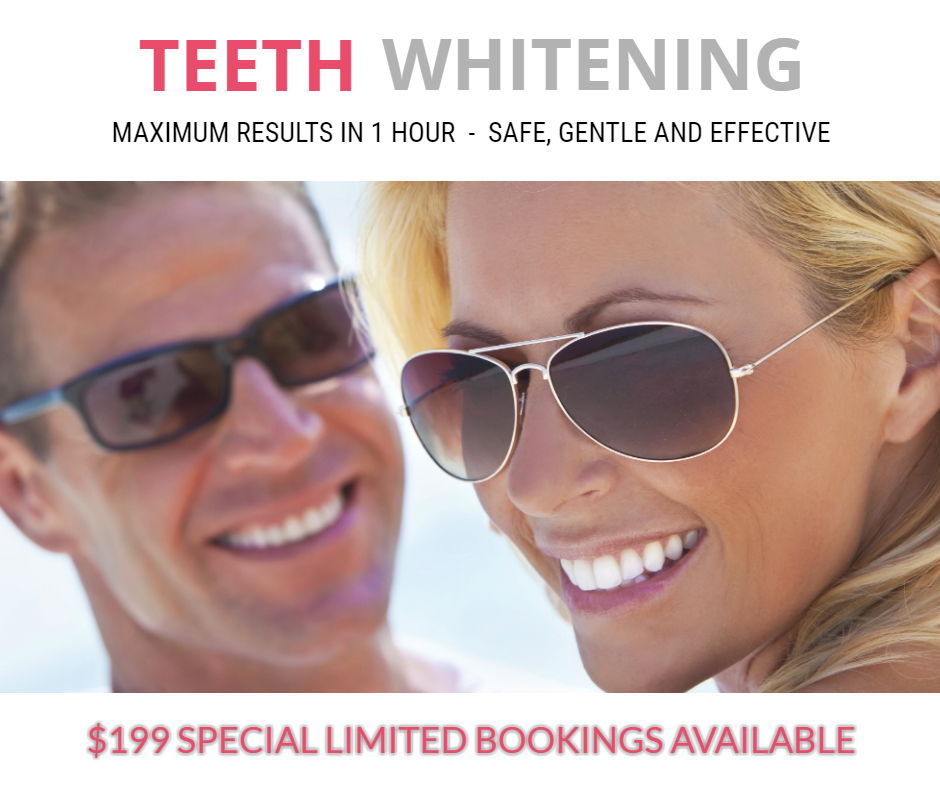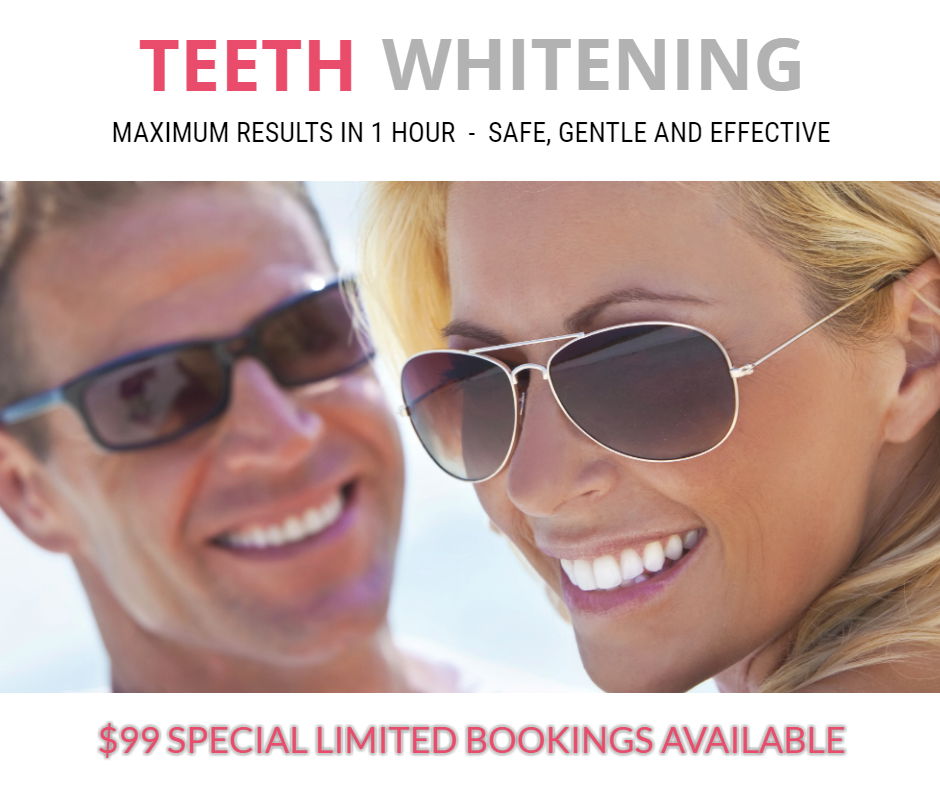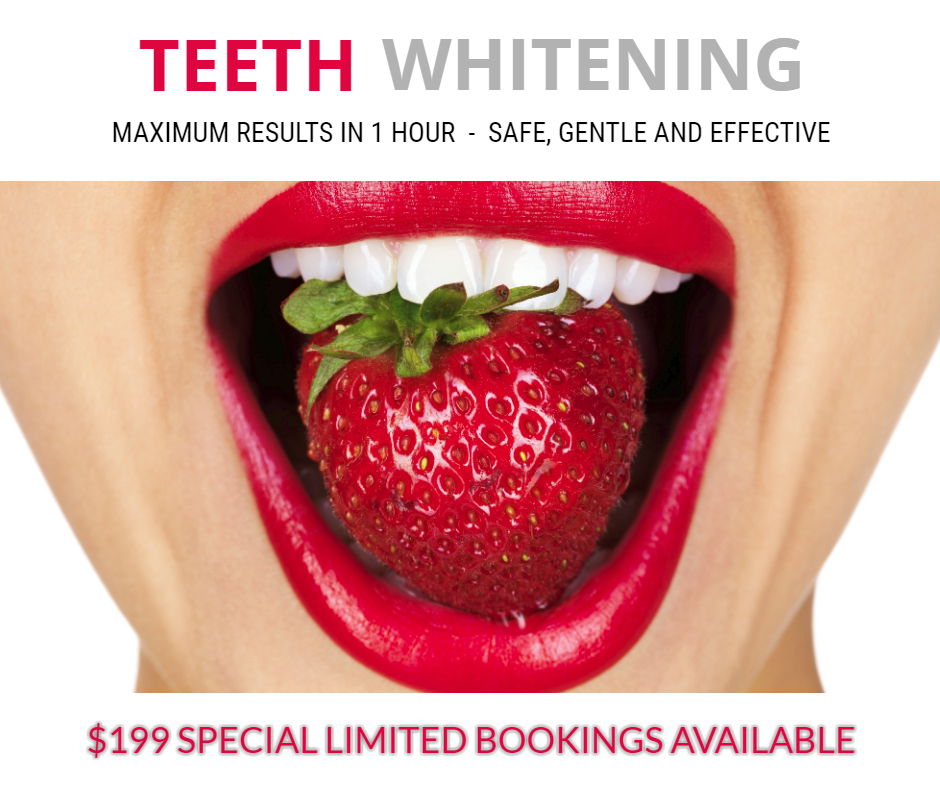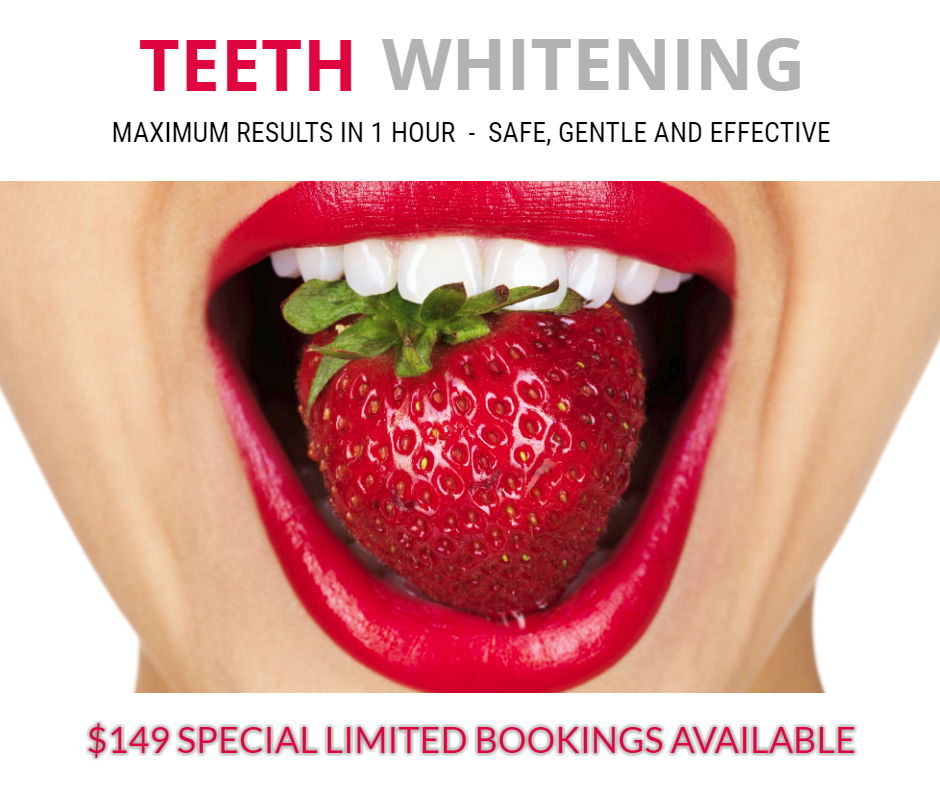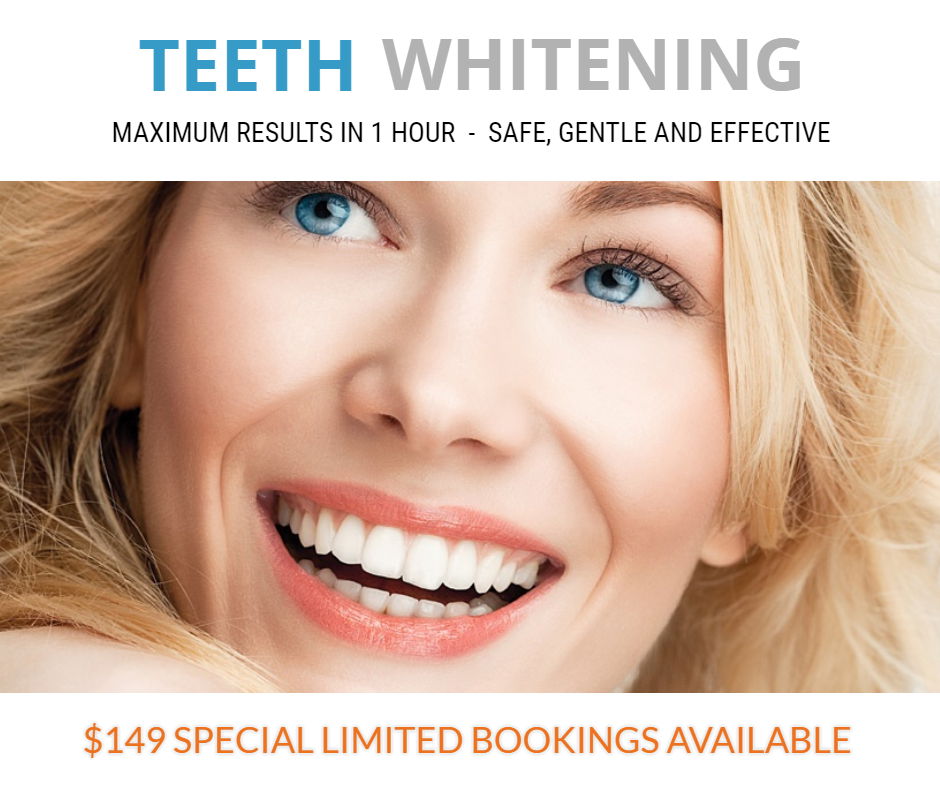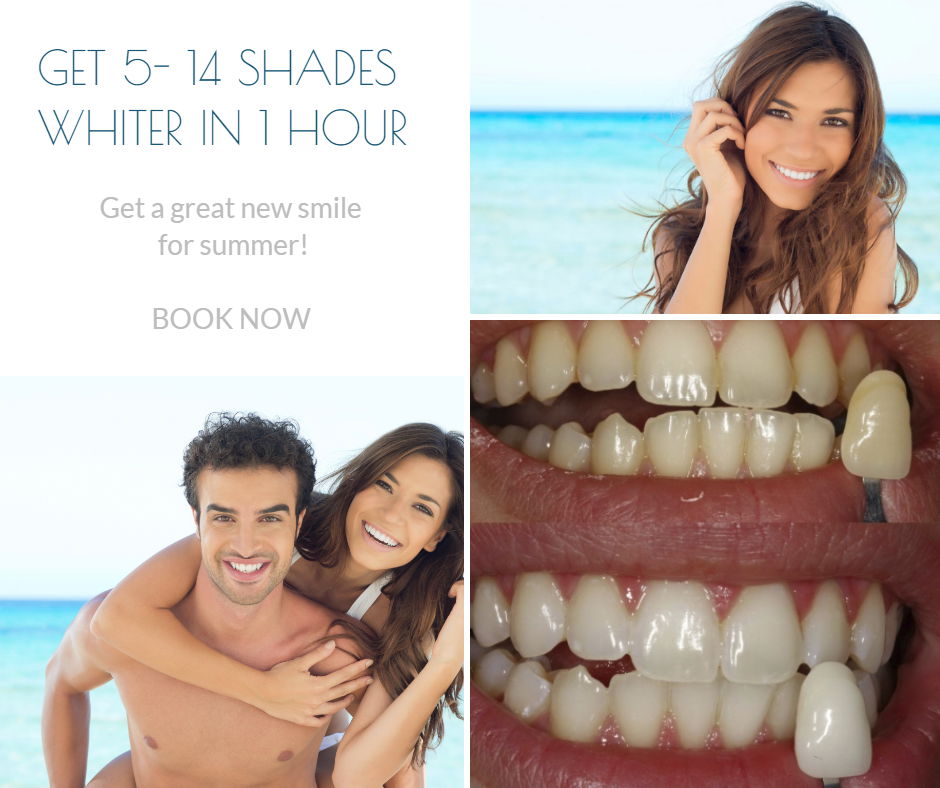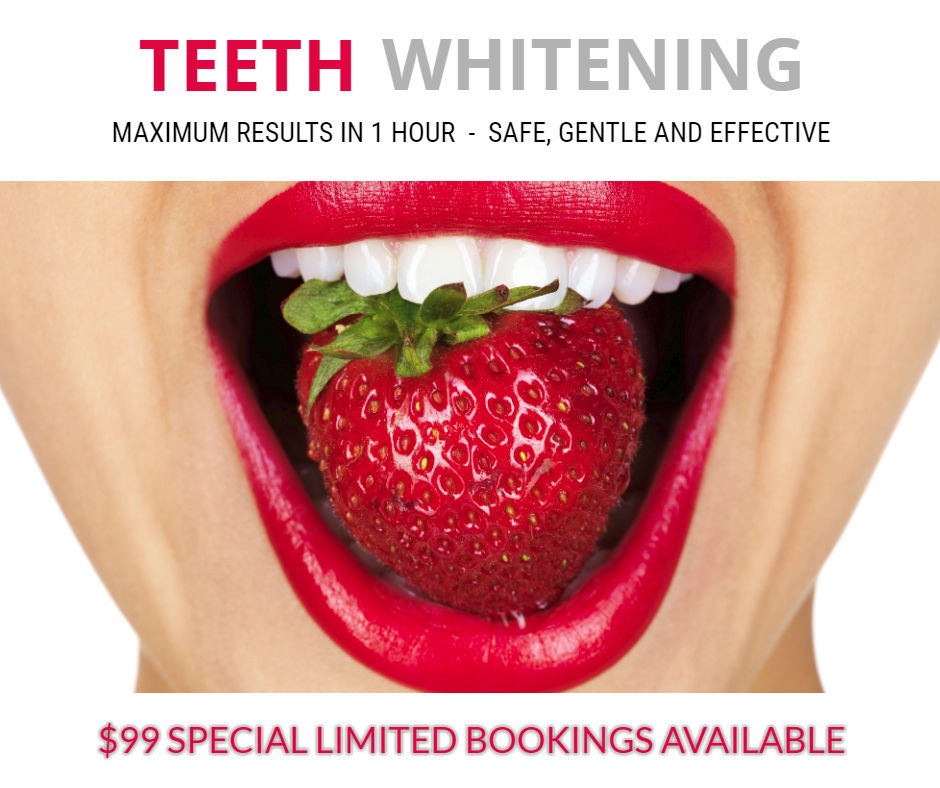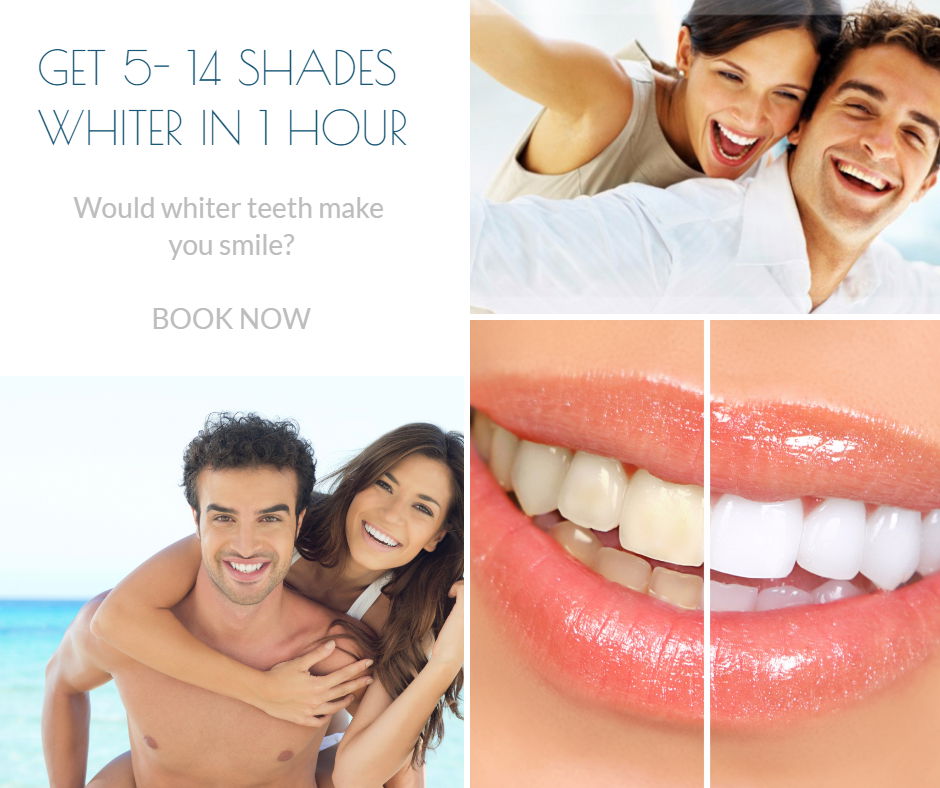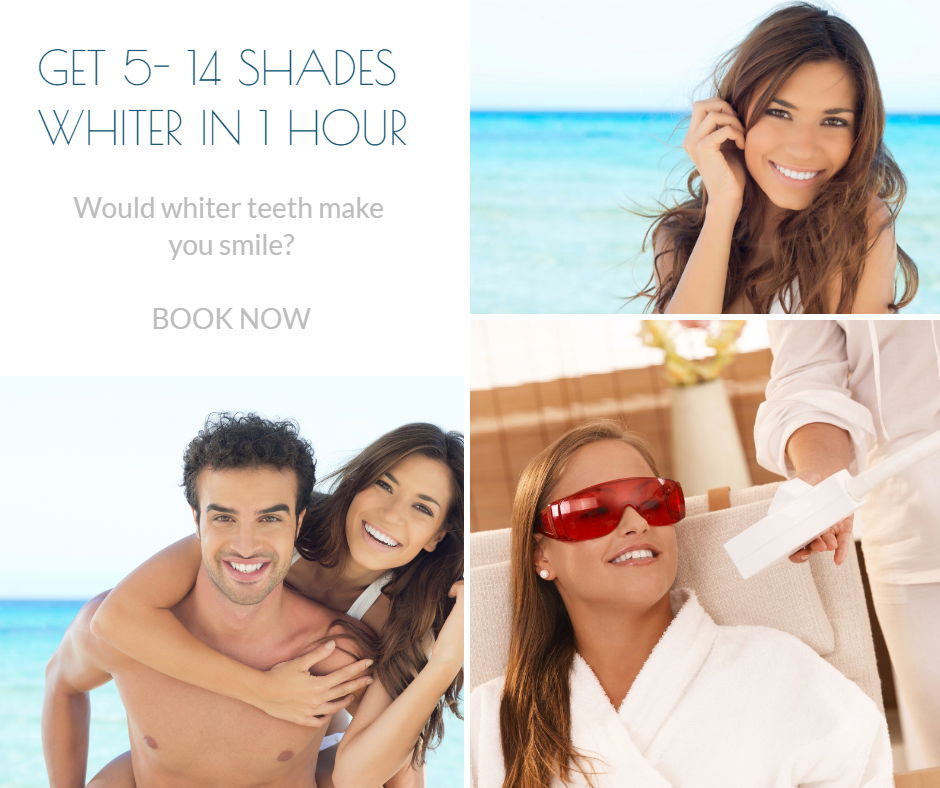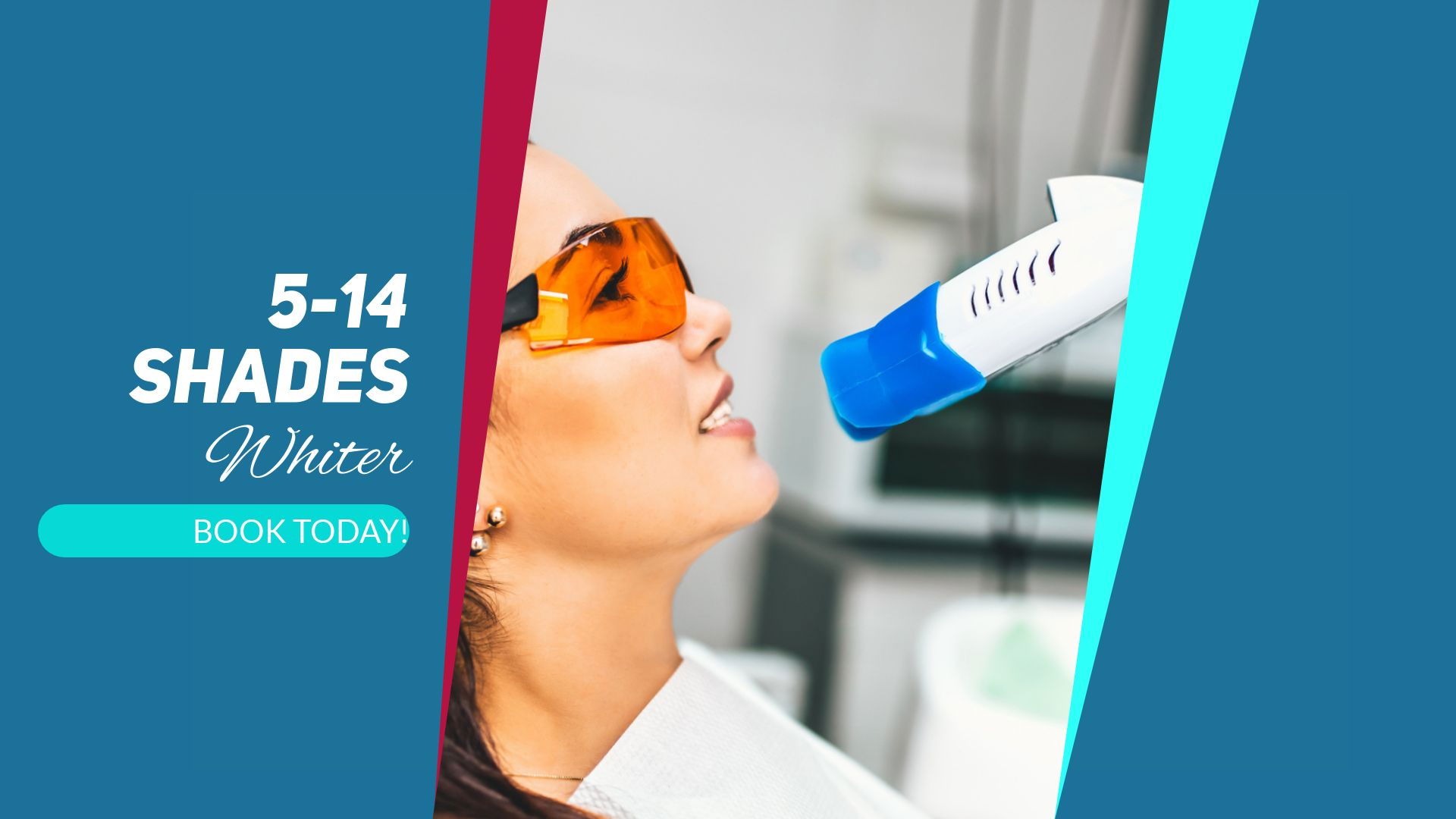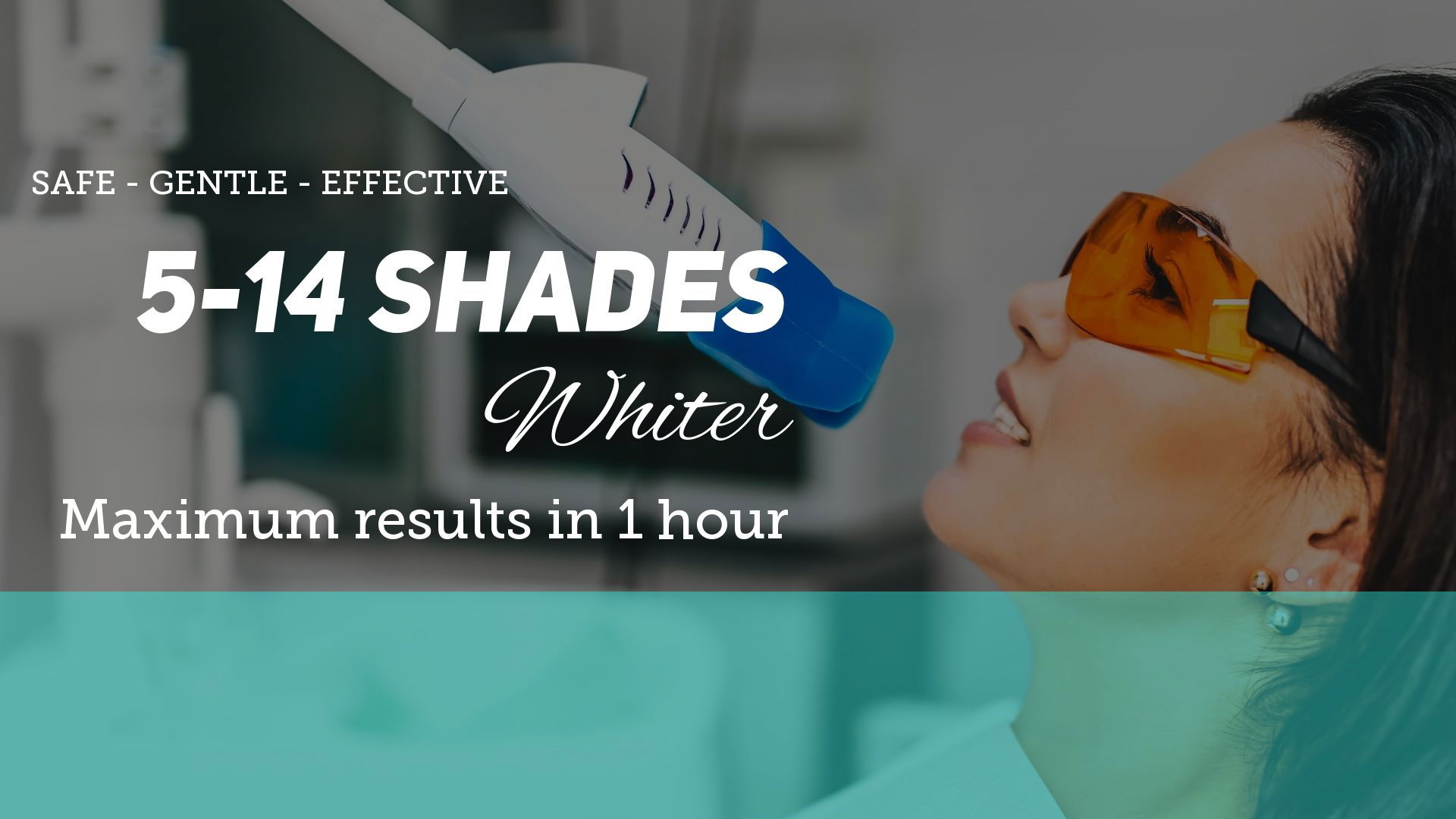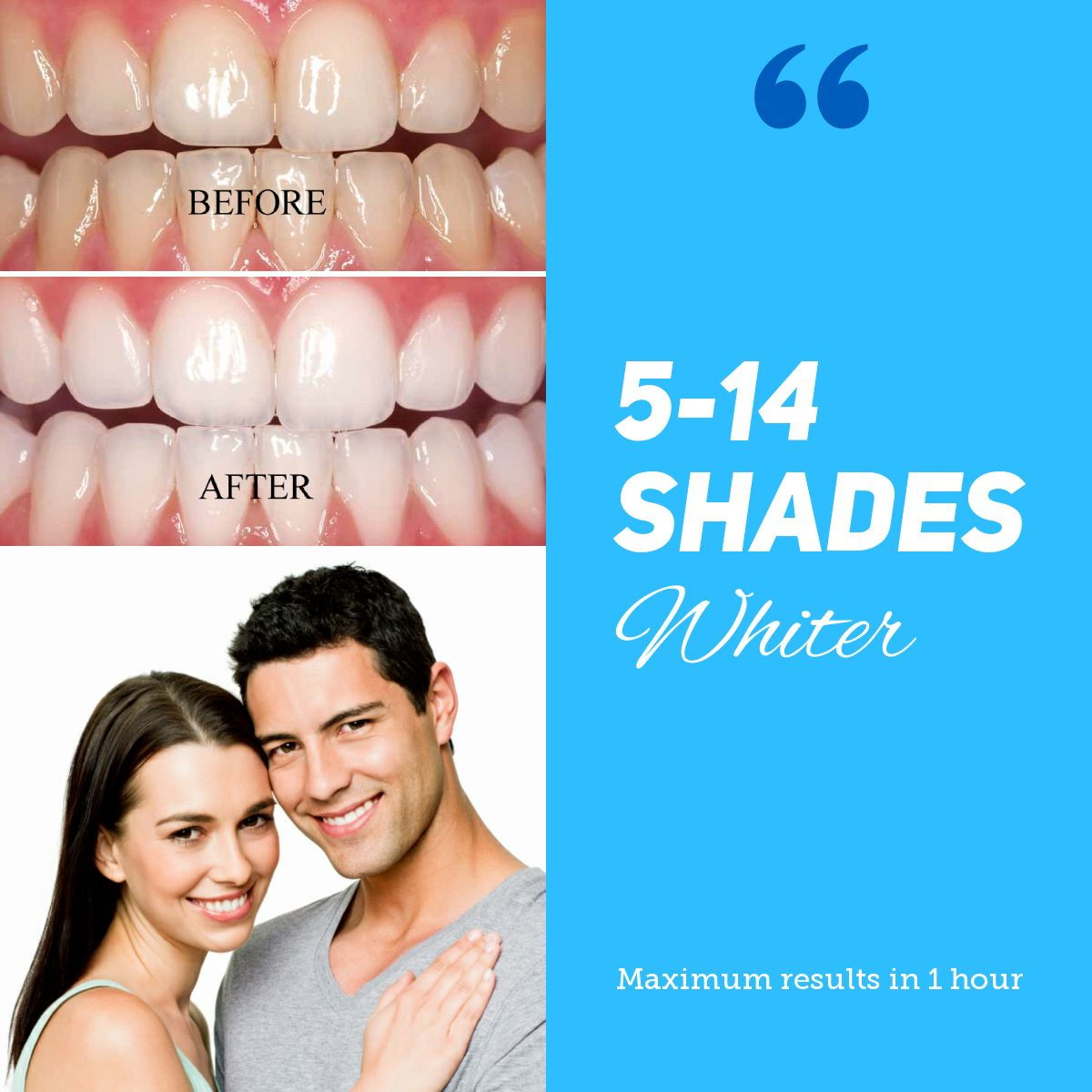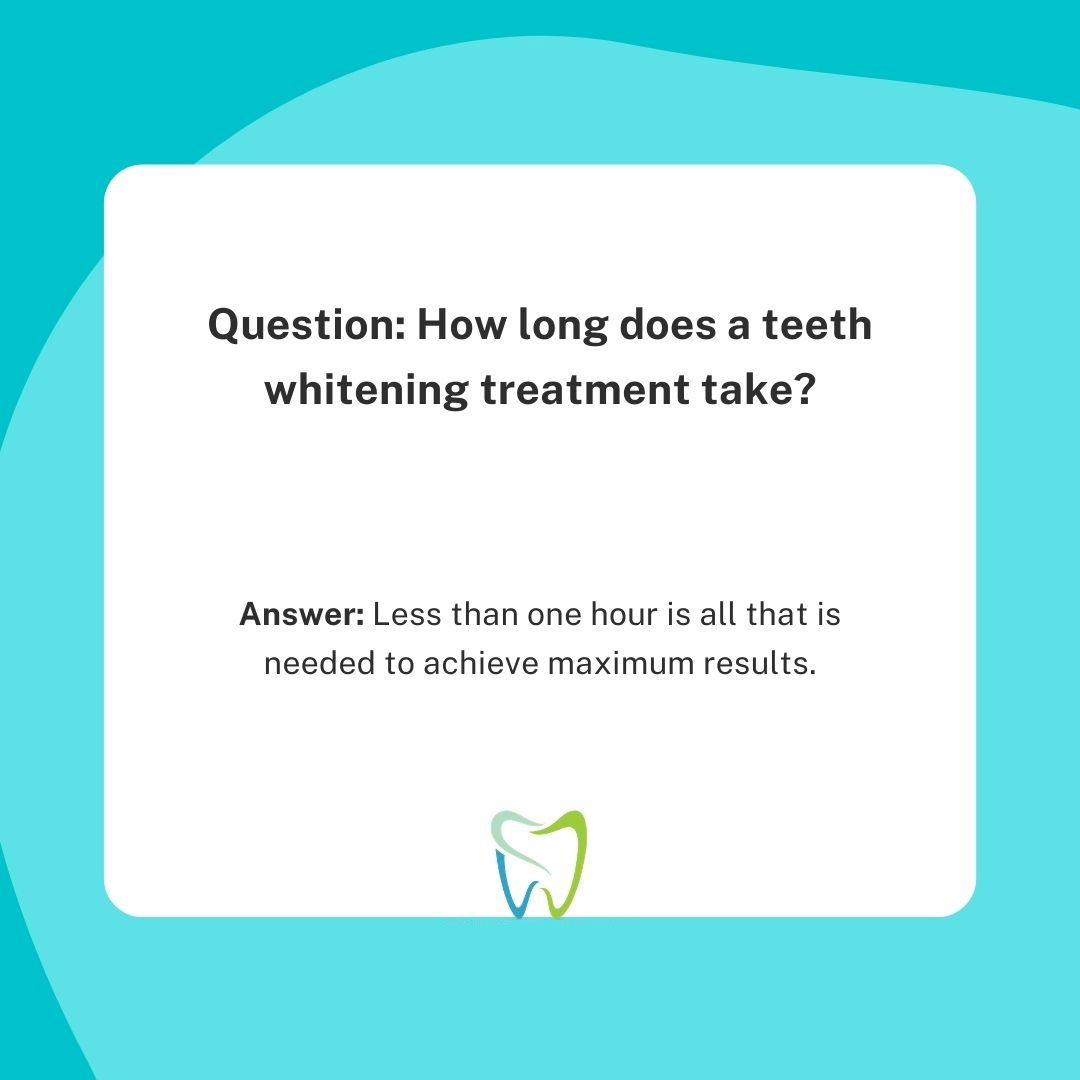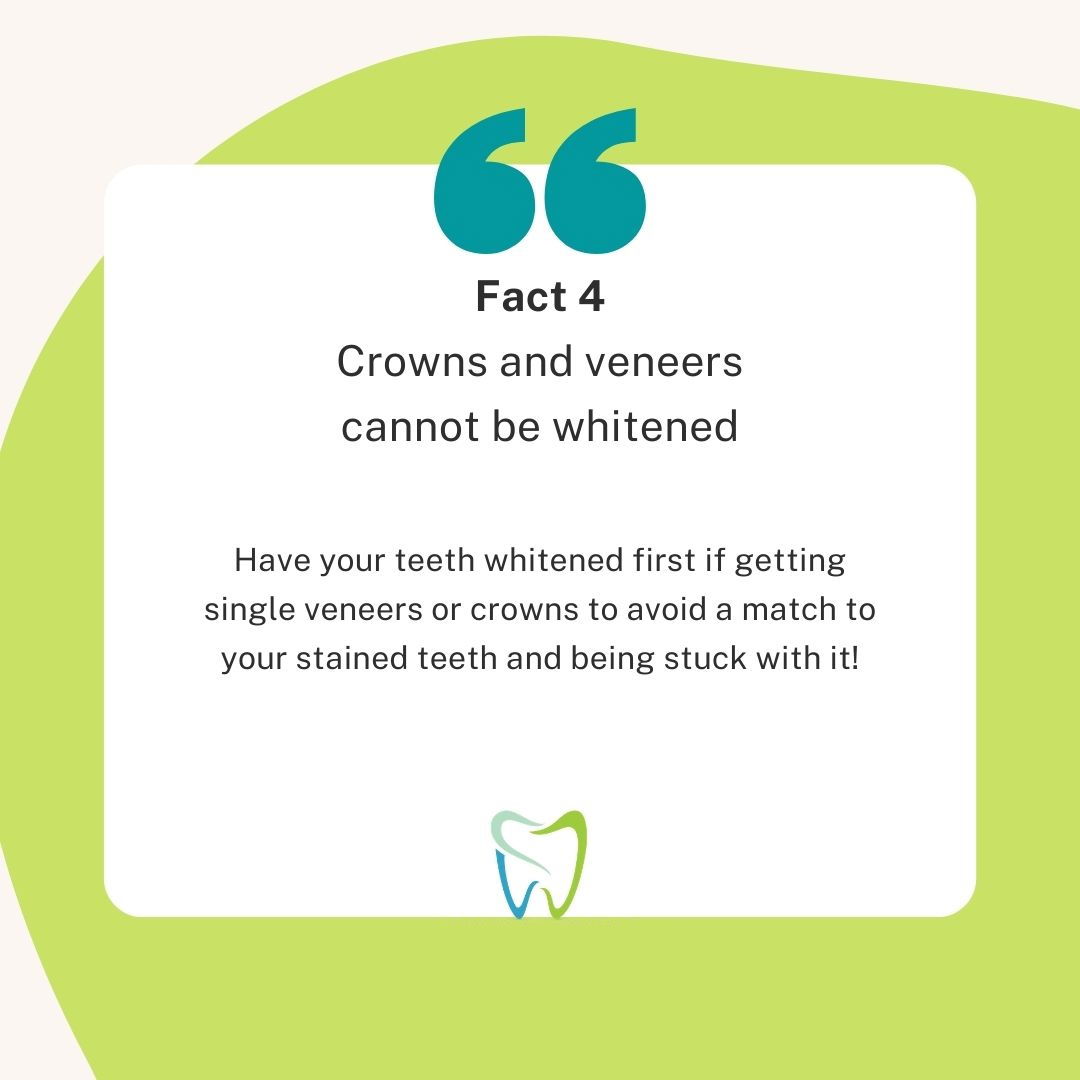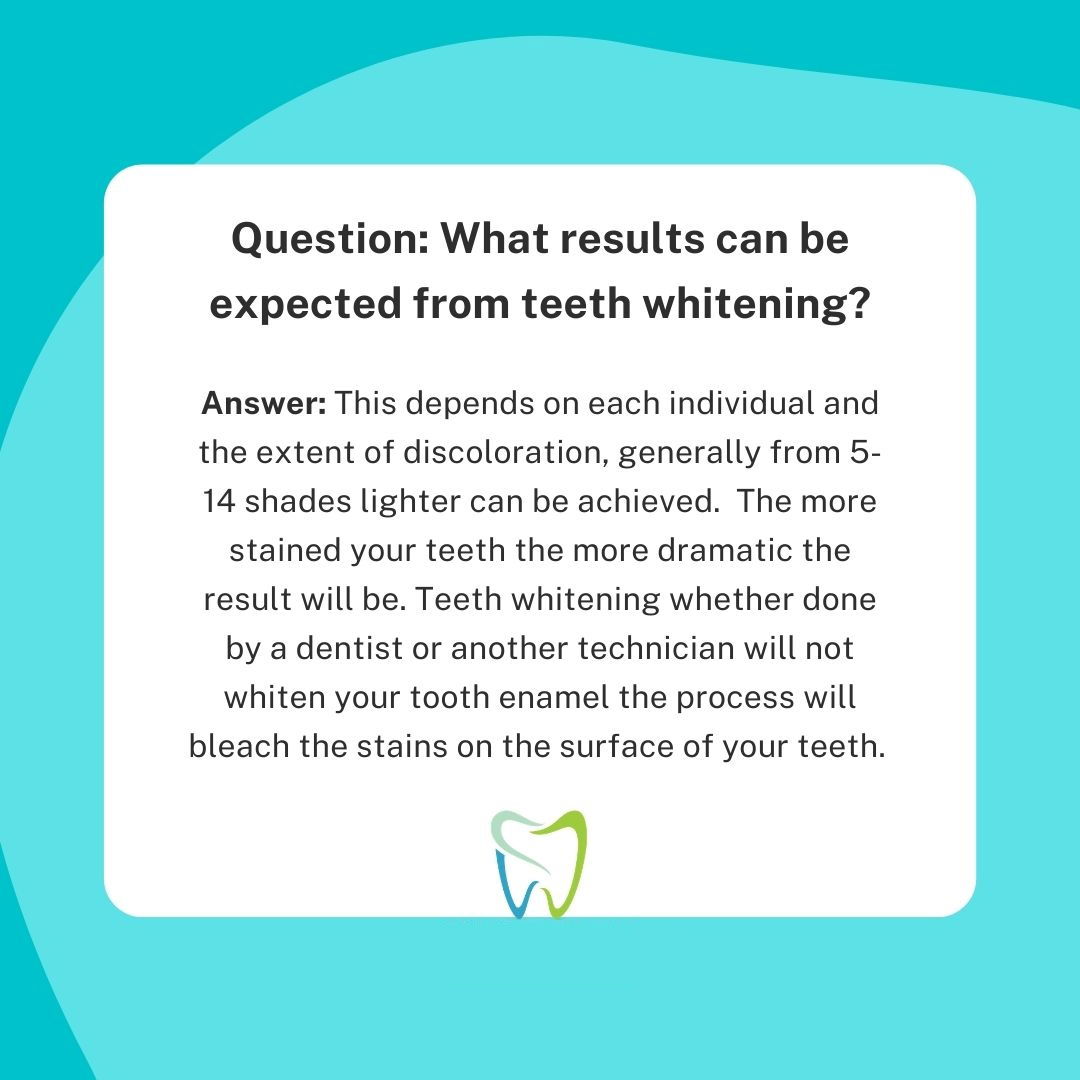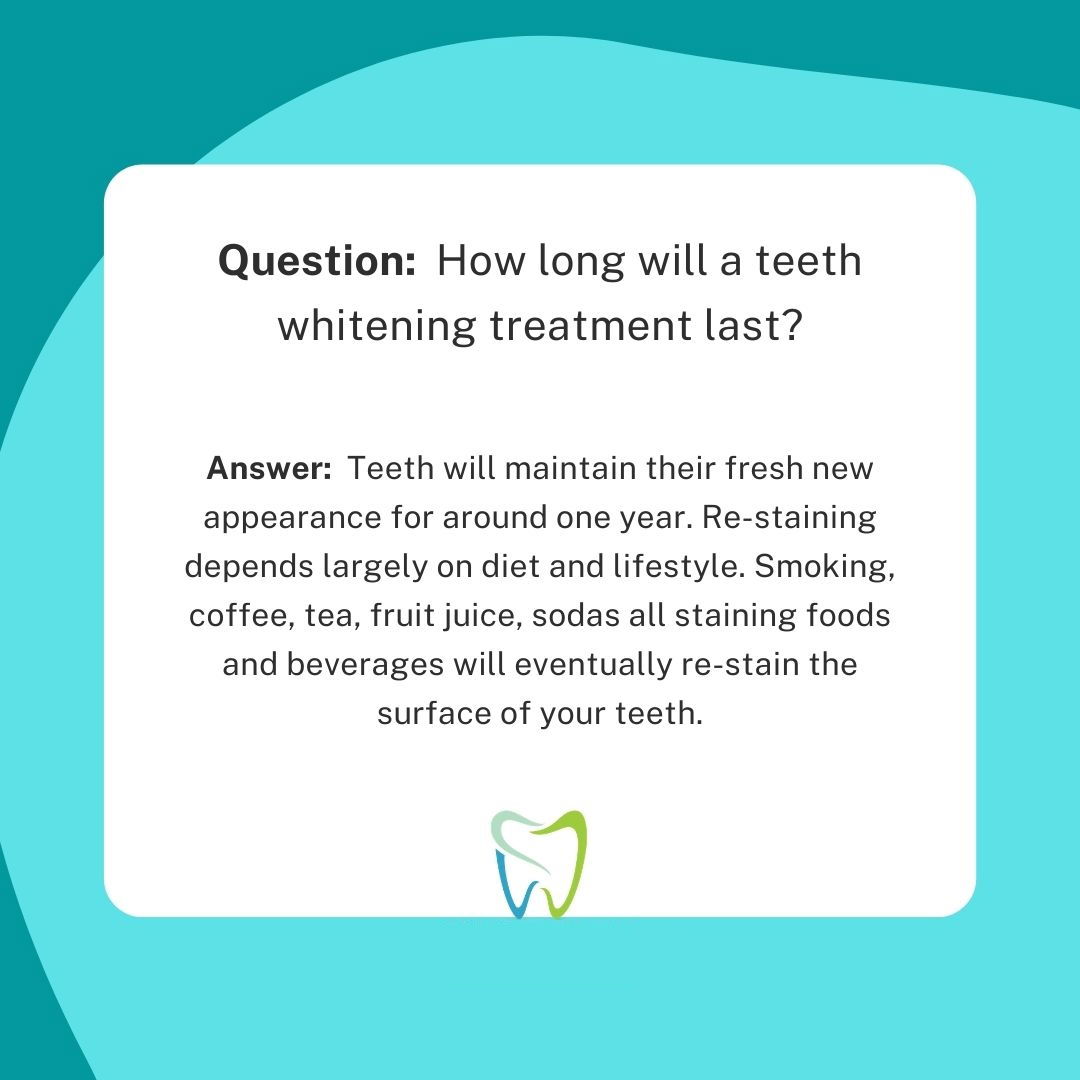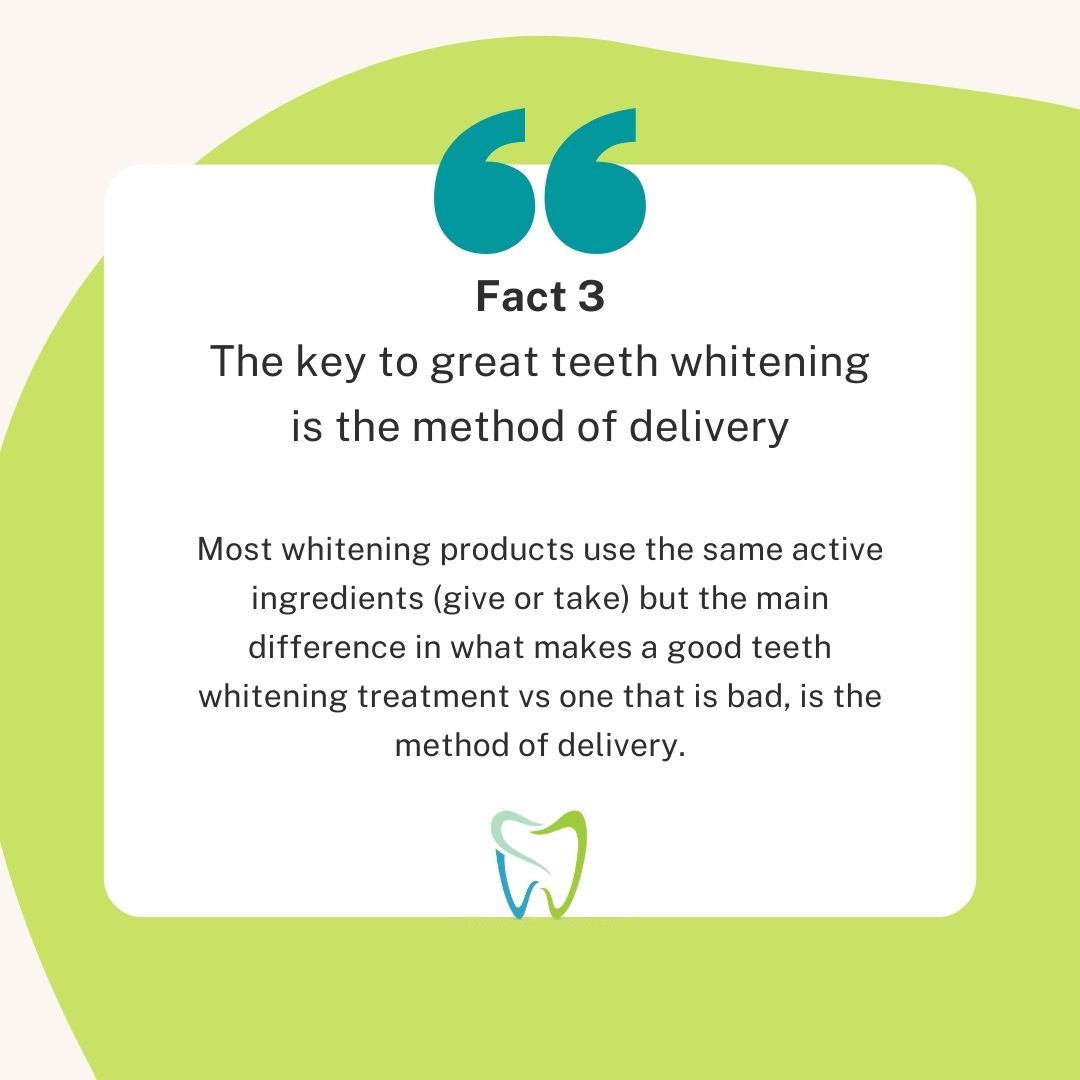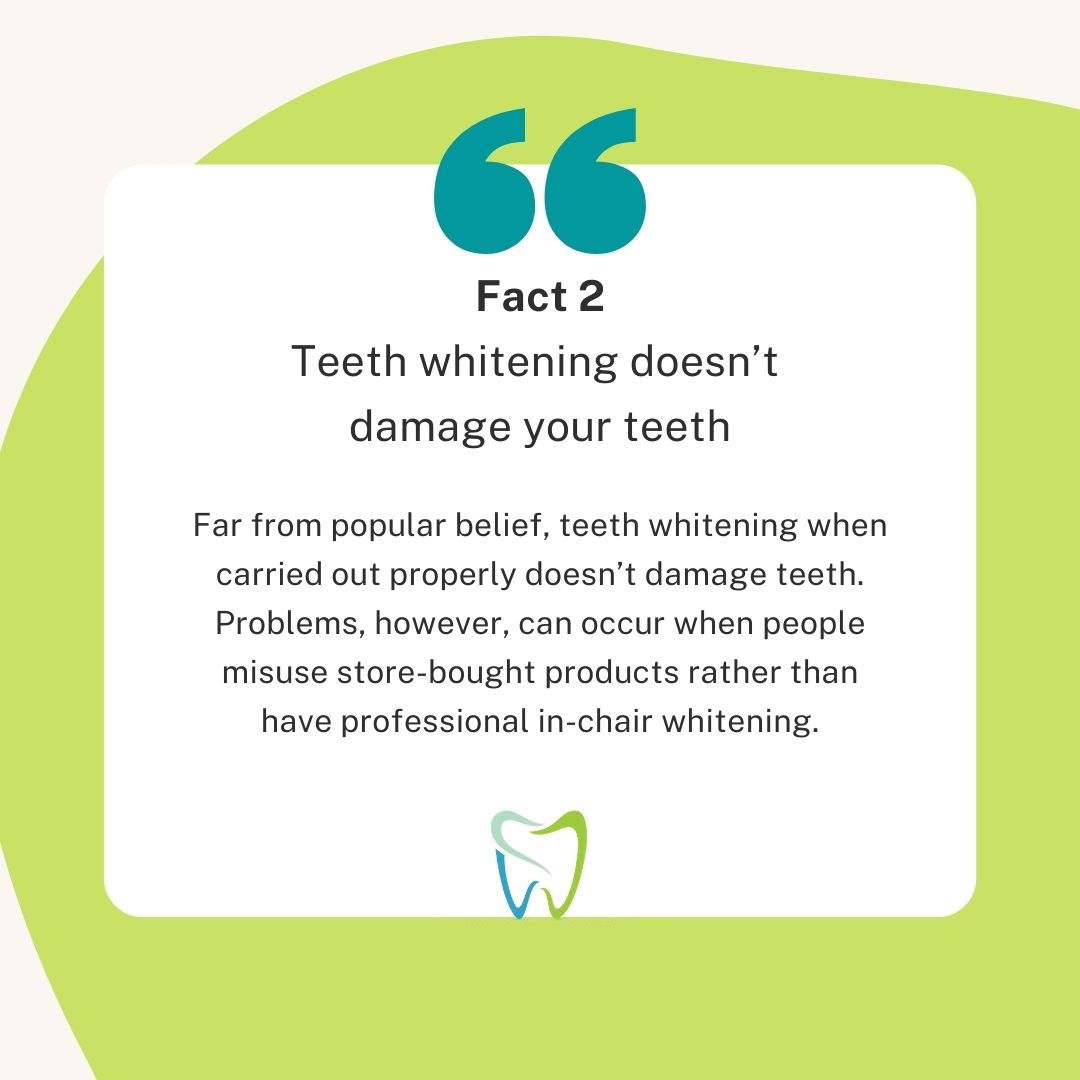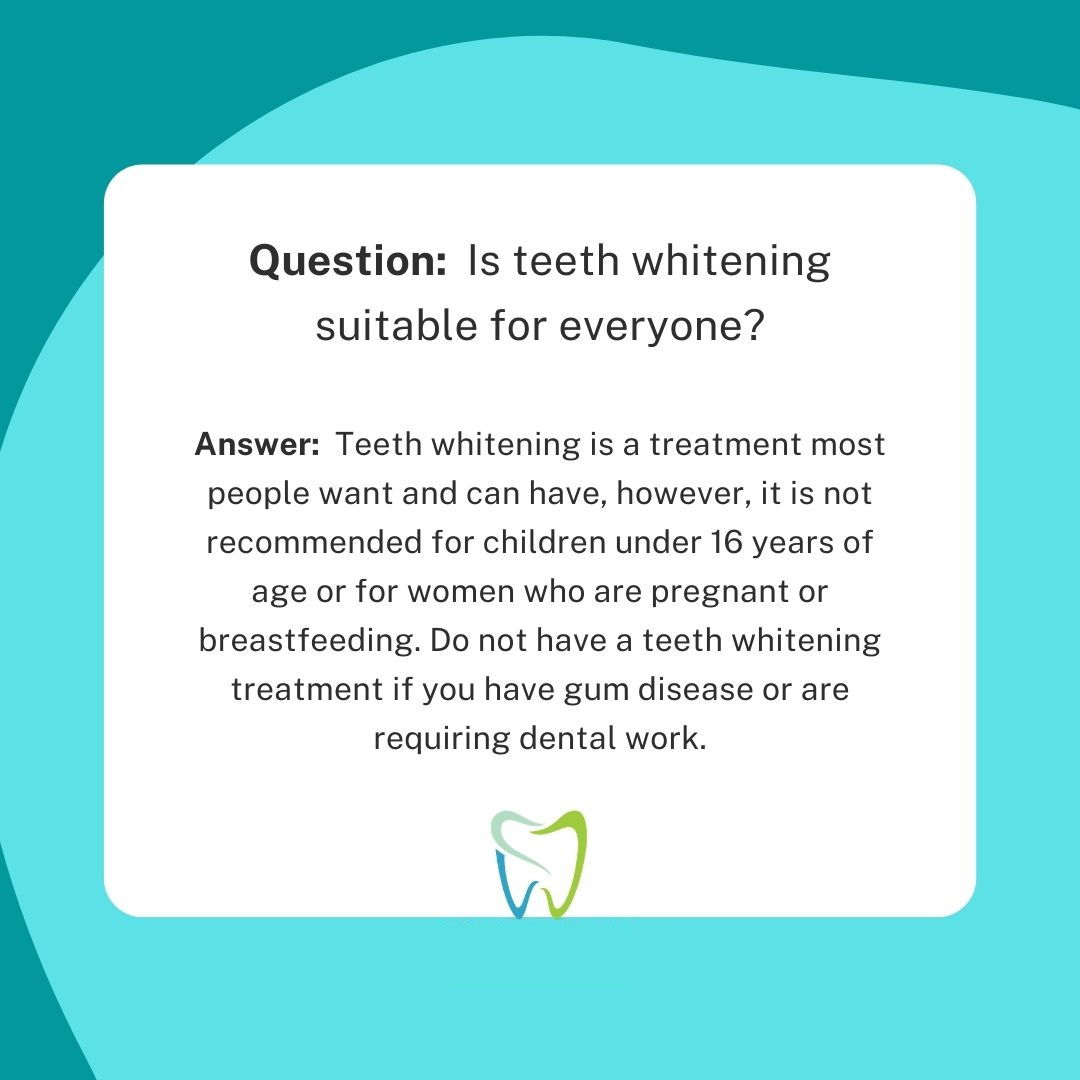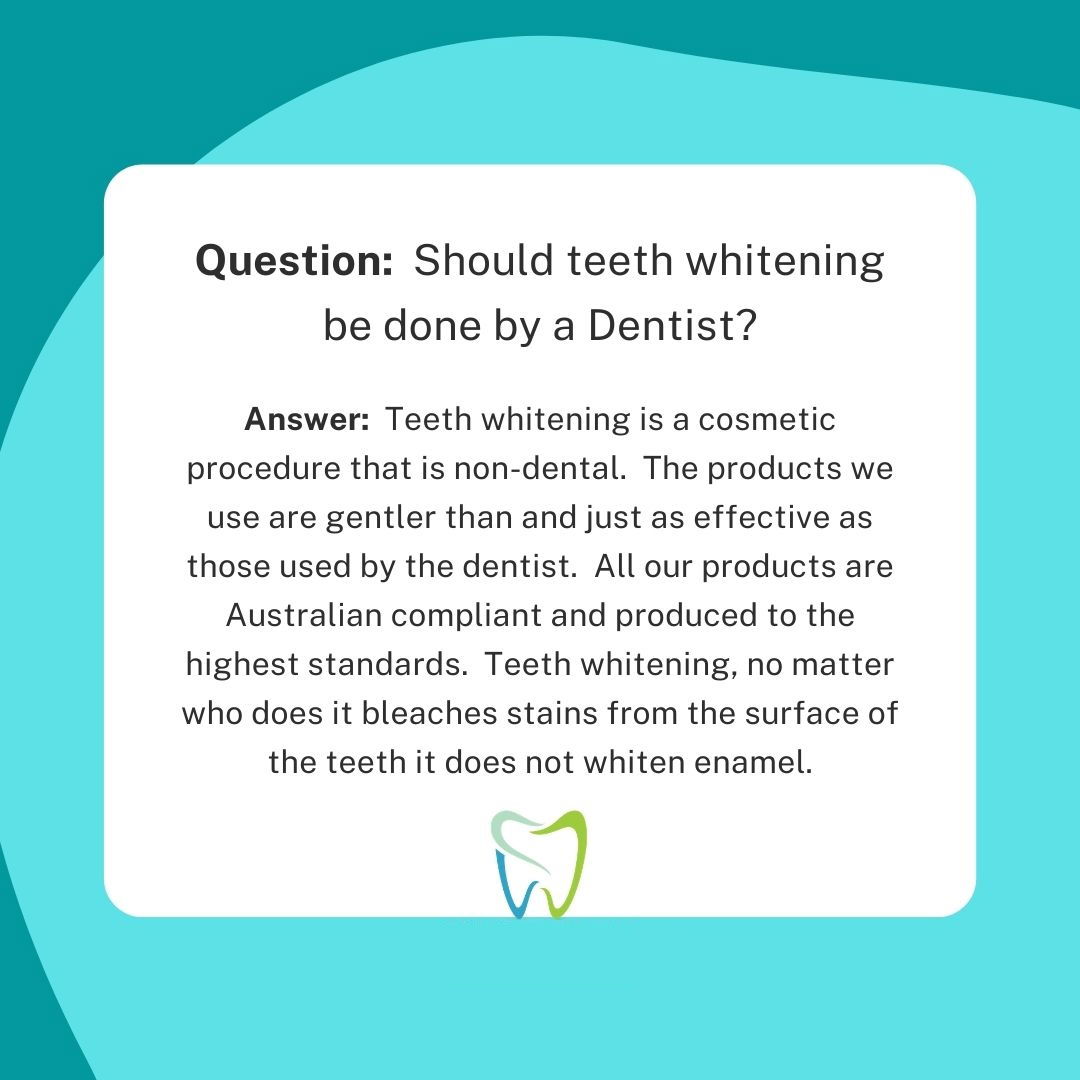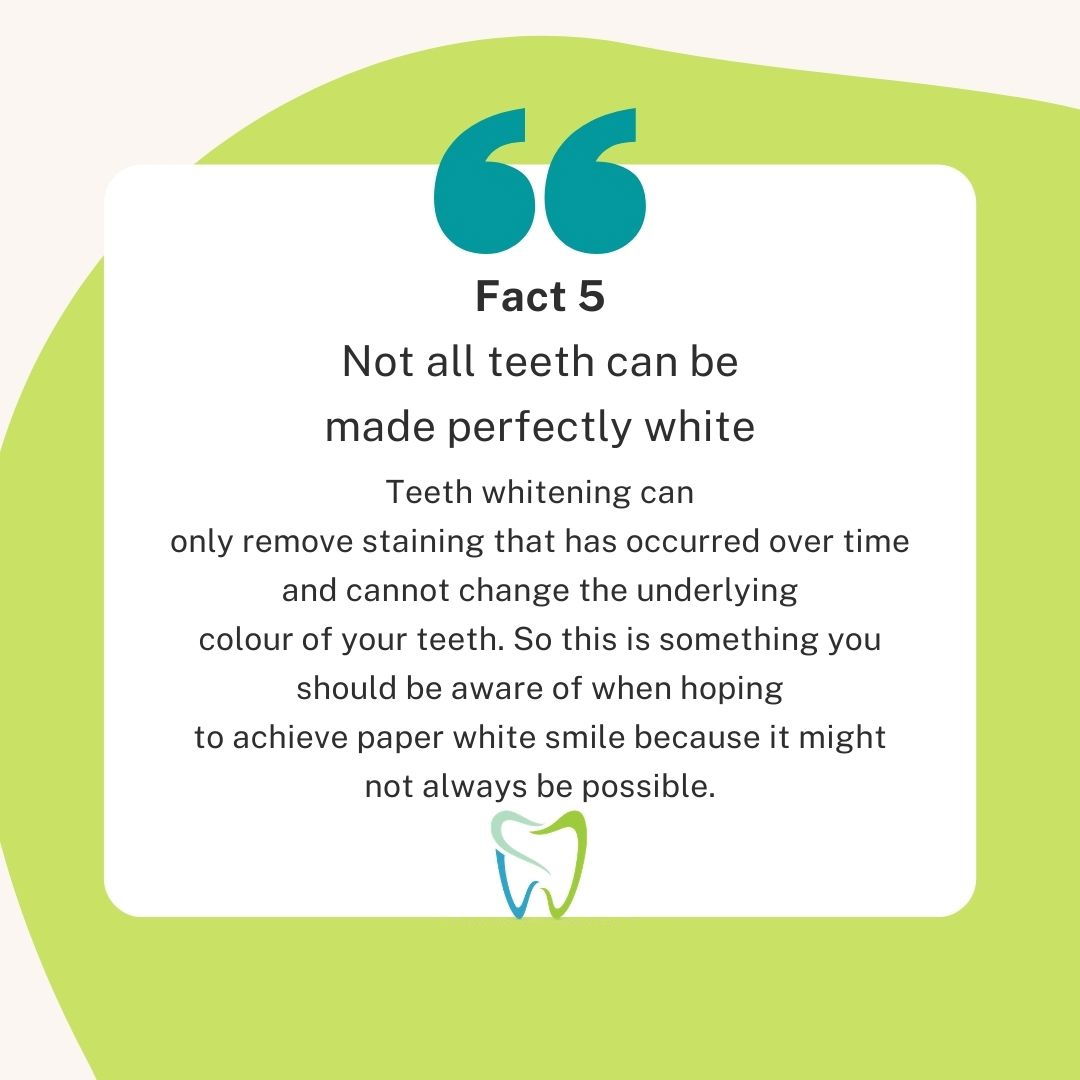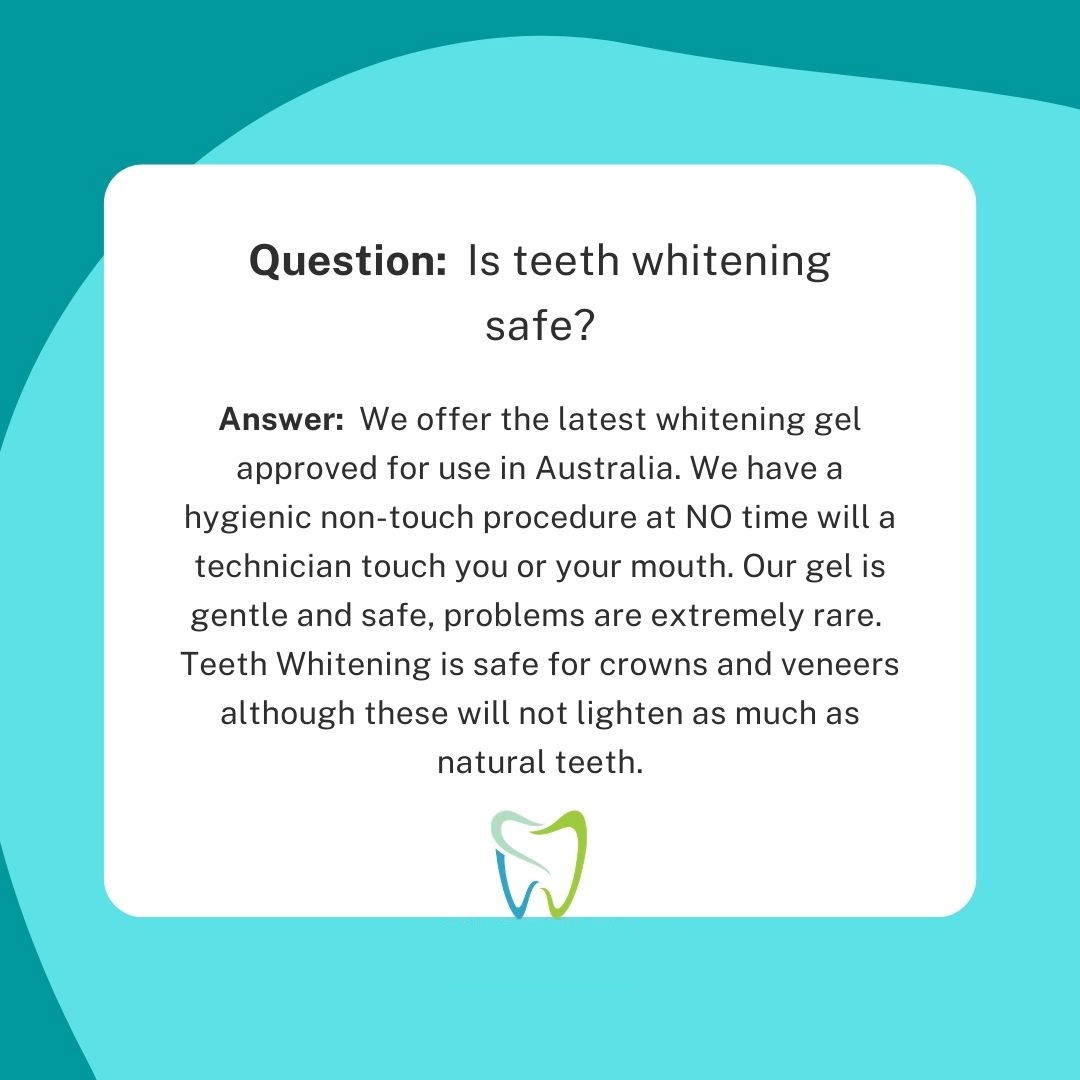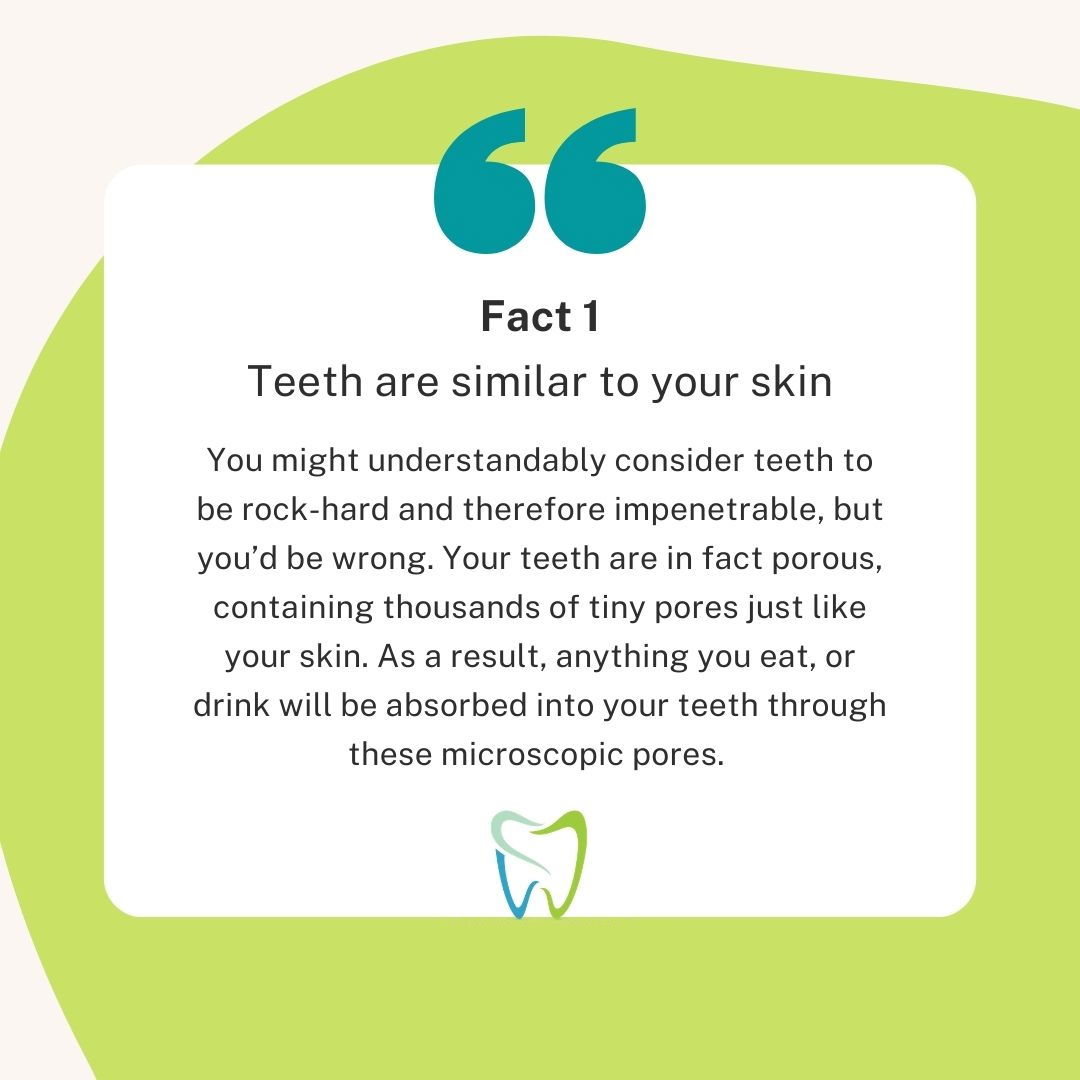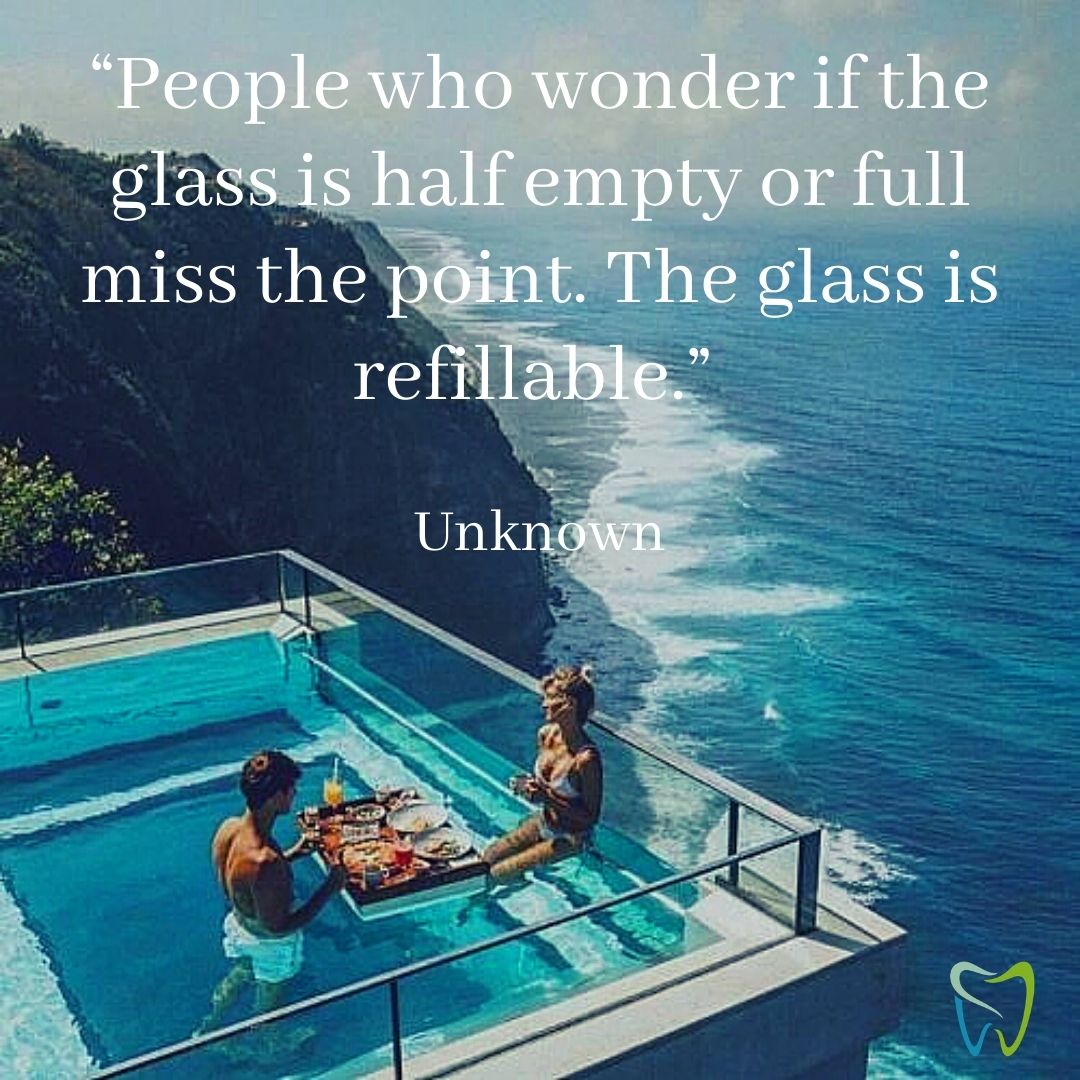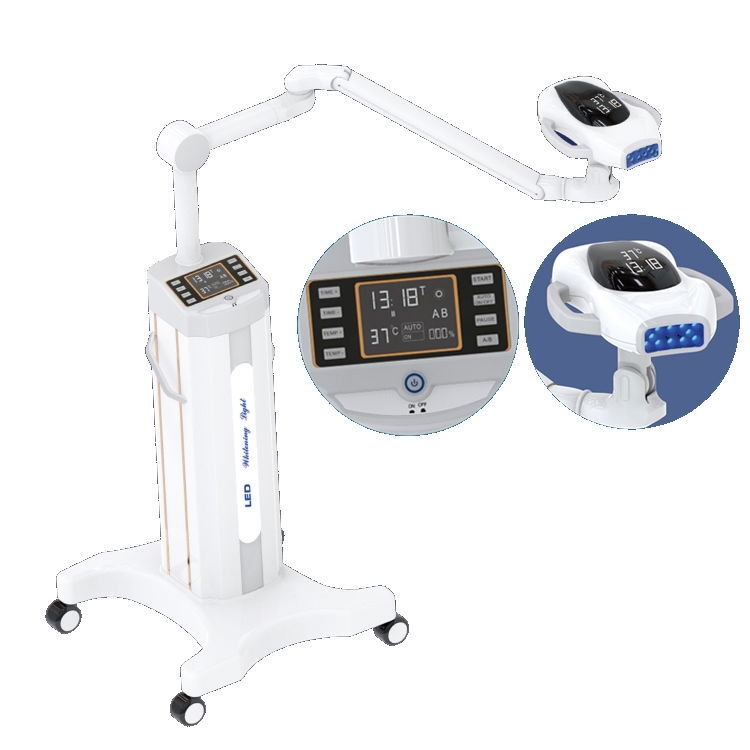FREE Social Media Ads
Downloads and Certificate
FREE DOWNLOADS
EDITABLE CLIENT CONSENT FORM: Client Consent Form.doc
TEETH WHITENING FAQ: Teeth Whitening FAQ.docx
TEETH WHITENING AFTERCARE: Teeth Whiteing After Care - The White Diet.doc
TEETH WHITENING PROCEDURE: TWW Chair Side Procedure.doc
CERTIFICATE: certificate.pdf
USER MANUALS
Lite 2000 User Manual: TWW - Lite 2000 User Manual.pdf:
Lite 3000 & Sensa 5000 User Manual: Lite 3000 & Sensa 5000 Manual.pdf
Force 6000 User Manual: TWW - Force 6000 User Manual.pdf
Pro 9000 User Manual: TWW - Pro 9000 User Manual.pdf
Ultima 10K User Manual: TWW - Ultima 10k User Manual.pdf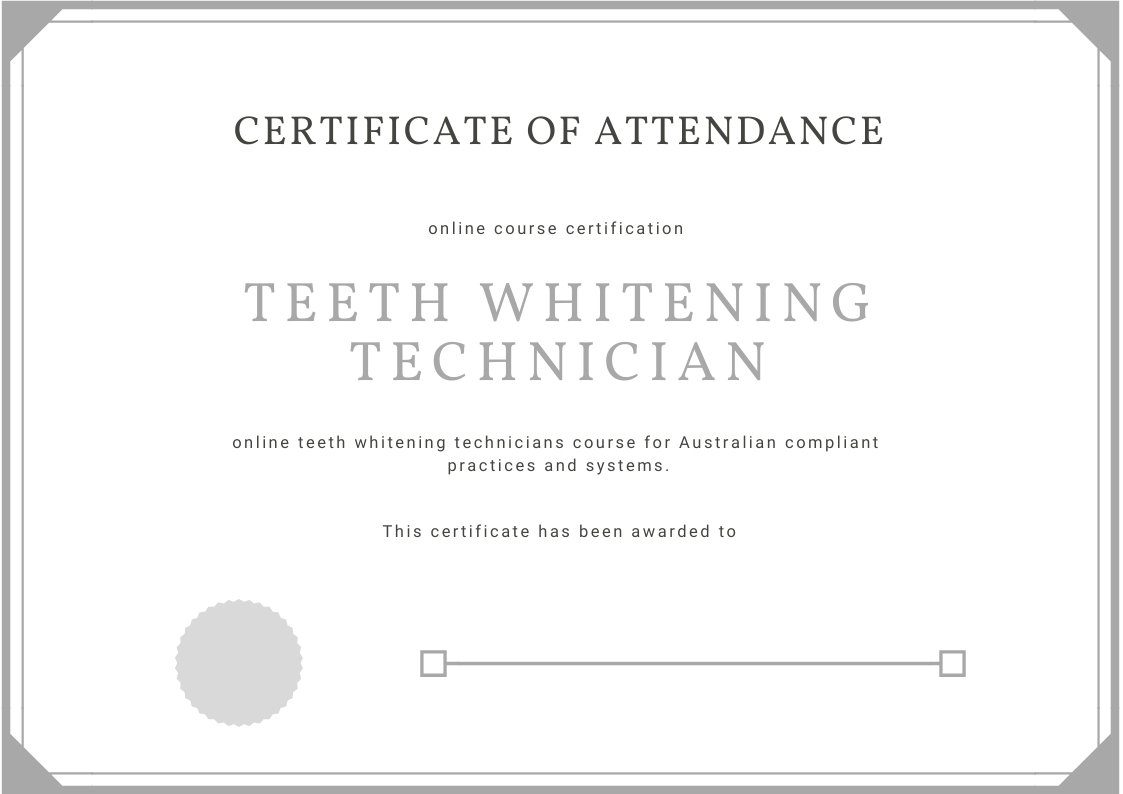
Teeth Whitening LED Lamp Manuals
Download your teeth whitening LED lamp manual here:-
Ultima 10k LED Lamp Manual
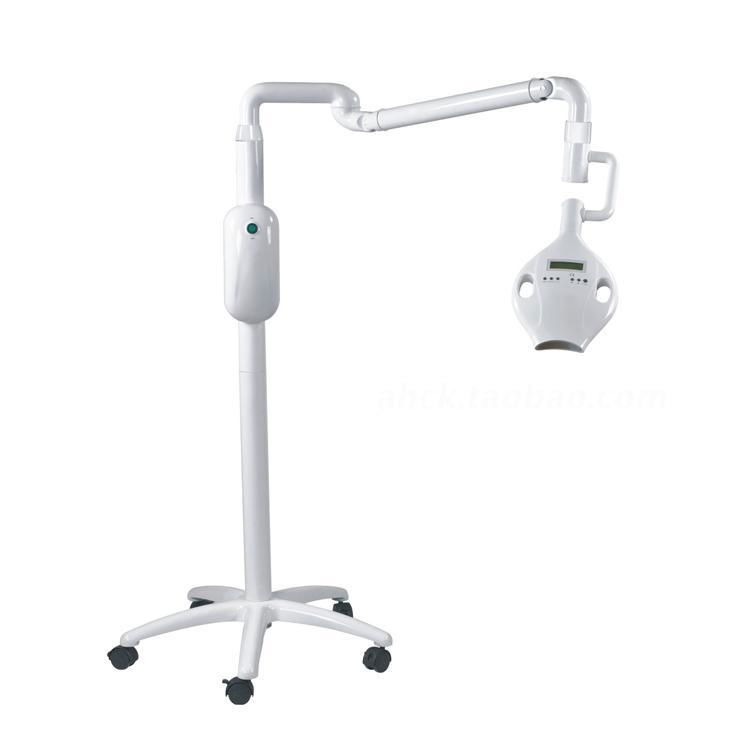
Pro 9000 LED Lamp Manual
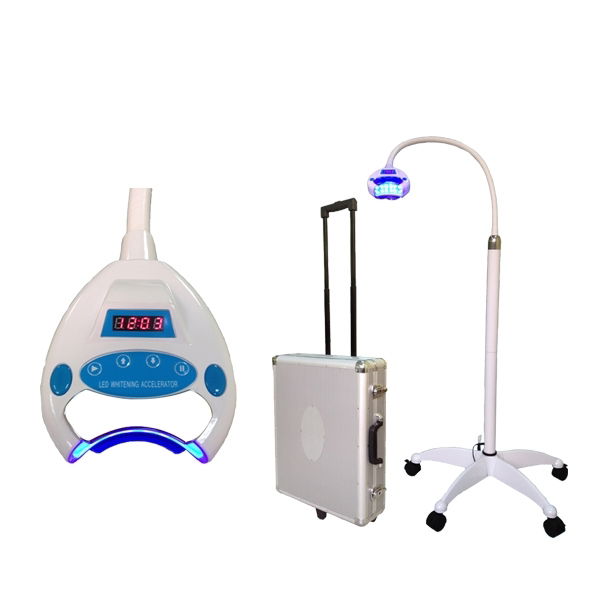
Force 6000 LED Lamp Manual
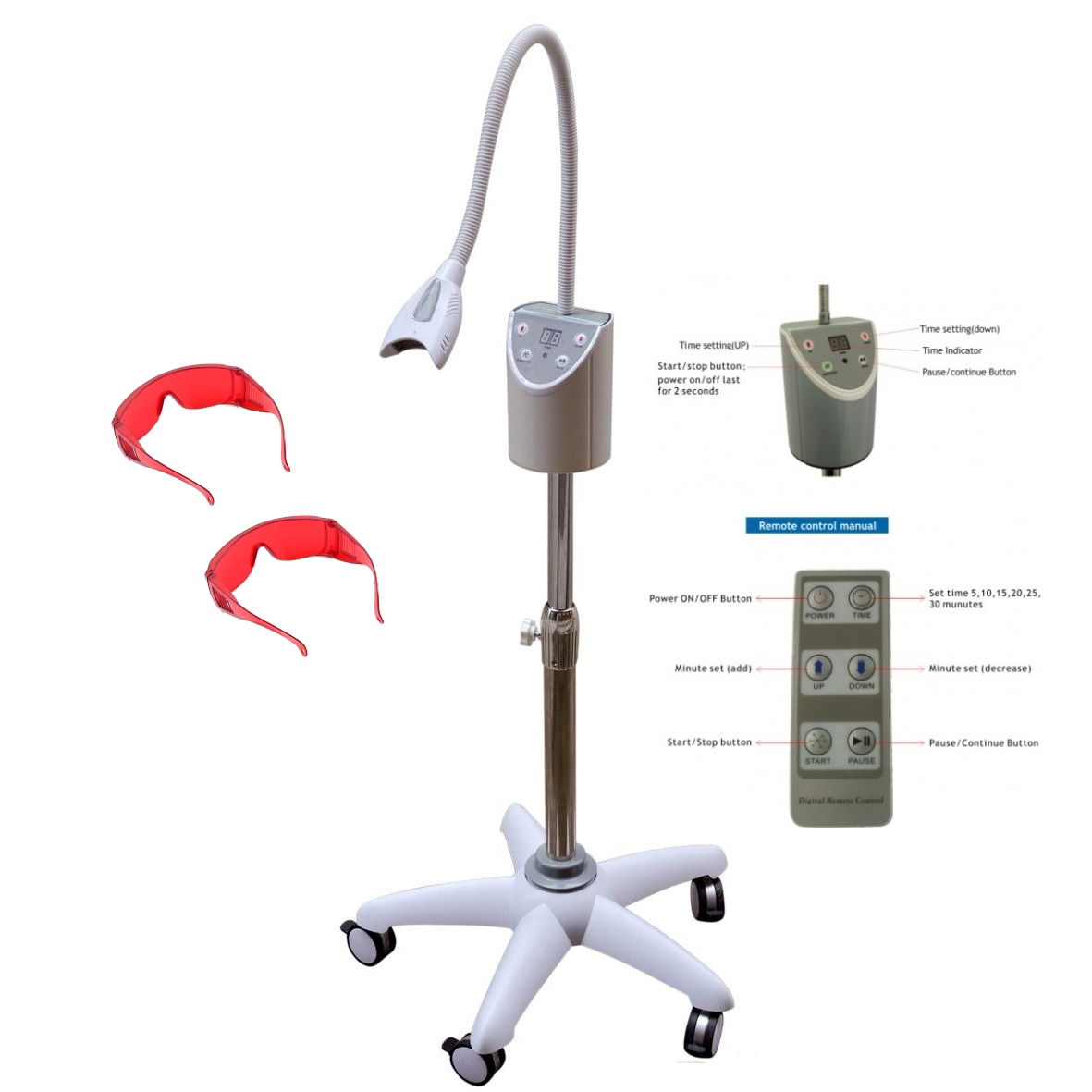
Lite 2000 LED Lamp Manual
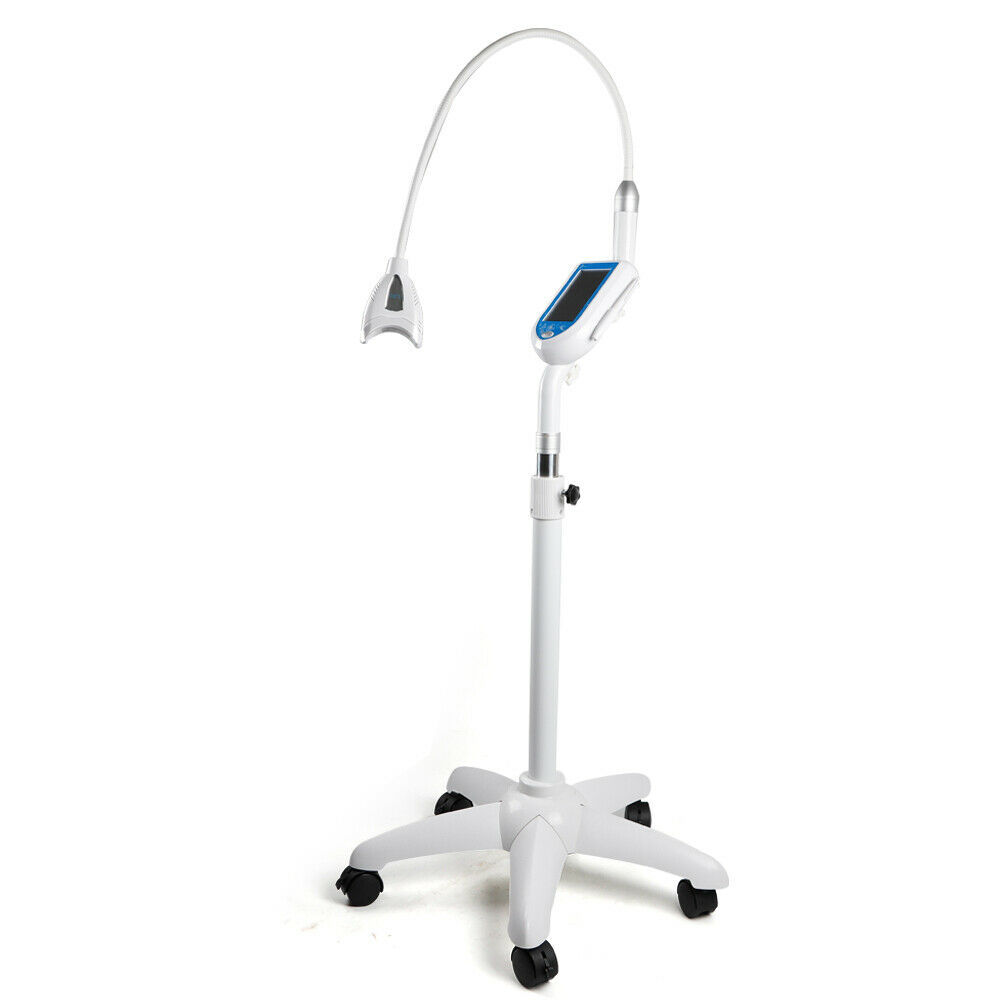
Lite 3000 Manual.pdf
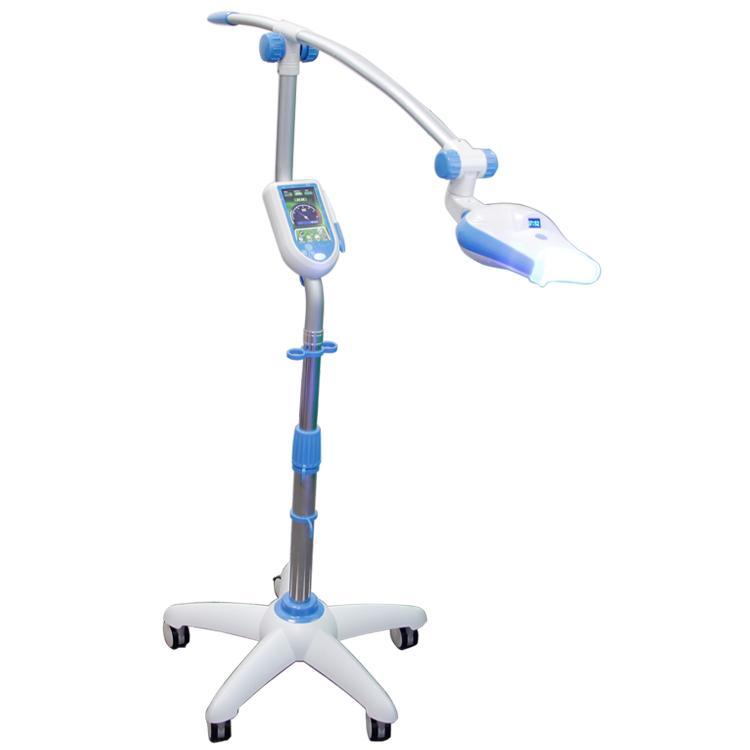
Sensa 5000 Manual.pdf
FREE Stock Photos & Videos
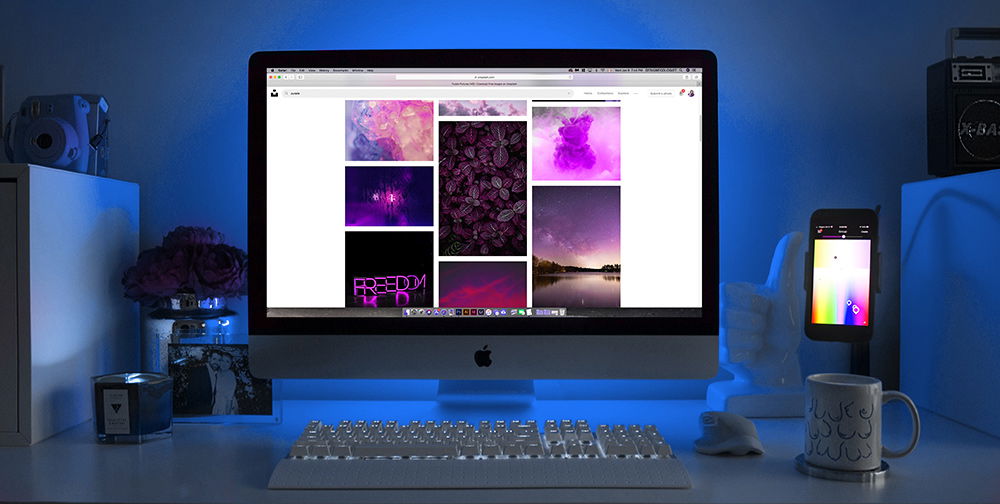
Make your Ads POP with FREE images
FREE ROYALTY FREE VIDEOS
Royalty Free Video Sites:
videvo.net
pixabay.com/videos
videos.pexels.com
FREE ROYALTY FREE IMAGES
Royalty Free Images Sites:
unsplash.com
morguefile.com
pexels.com
pixabay.com
Contact
- 0450 341 007
- 9.30am - 3pm Mon to Fri
Get Started In Teeth Whitening
Salon or Mobile Teeth Whitening Starter System
AU$2095
- Force 6000 Whitening Lamp
- Product for 10 Clients
- Teeth Shade Guide
- Marketing Material
Salon or Mobile Teeth Whitening Starter System
MOST POPULARAU$1295
- Lite 2000 Whitening Lamp
- Product for 10 Clients
- Teeth Shade Guide
- Marketing Material
Salon or Dentist Teeth Whitening Starter System
AU$2275
- Pro 9000 Whitening Lamp
- Product for 10 Clients
- Teeth Shade Guide
- Marketing Material
F.A.Q
Q. If I am asked what qualifications I have to offer teeth whitening, how do I answer?
A. Teeth whitening is a cosmetic process and not dentistry.
There are no official credentials required to offer teeth whitening in Australia.
Let your client know you have done a training course in cosmetic teeth whitening and are insured to provide the service. (Make sure you have your insurance up to date at all times).
You can also let your client know all your products and equipment are Australian compliant with Australian standards.
There are no official credentials required to offer teeth whitening in Australia.
Let your client know you have done a training course in cosmetic teeth whitening and are insured to provide the service. (Make sure you have your insurance up to date at all times).
You can also let your client know all your products and equipment are Australian compliant with Australian standards.
Q. How many times per year can a client have an in-chair teeth whitening treatment?
A. The ADIA recommend having a teeth whitening treatment up to 3 times a year. Performed this often however you may only need one 20 minute session for maximum results. The results achieved will not be as impressive and could be as little as one or two shades when done this regularly.
Q. My client wants their teeth whiter, when can they have another treatment?
There is no exact times given for the time in between a treatment, however about 3-4 months is as often as would be necessary. These times are a recommendation and not a rule so you can be a little flexible.
Keep in mind your clients teeth will only whiten to the colour they were originally grown. Teeth whitening is a stain removal process and results are subjective as each client is different and so is their lifestyle. Your client will not necessarily be able to get the tooth colour they want as this may not be achievable with whitening. The paper white teeth seen on TV are actually veneers not natural teeth.
Keep in mind your clients teeth will only whiten to the colour they were originally grown. Teeth whitening is a stain removal process and results are subjective as each client is different and so is their lifestyle. Your client will not necessarily be able to get the tooth colour they want as this may not be achievable with whitening. The paper white teeth seen on TV are actually veneers not natural teeth.
Q. My client wants movie star white teeth is it possible to achieve?
A. Teeth whitening is a will remove stains from teeth and return them to the original colour they were first grown. Movie star white teeth unless this was the client’s original colour can only be created with porcelain veneers or composite bonding and no whitening treatment no matter who performs it can achieve this.
Q. What’s the benefit of using an accelerator lamp with the teeth whitening gel?
A. Using an led teeth whitening machine accelerates the teeth whitening gel, causing it to react faster when breaking down stains. What this means for your client is they can achieve the same result as would normally take around 14 hours with whitening gel alone in a one hour treatment. The use of the accelerator lamp speeds up the process of the molecular breakdown of the whitening gel which makes the oxidization of the stains occur more rapidly. There are several benefits for your client to using this process: they only need to do the white diet once instead of for weeks. The client gets instant results. Most clients using home treatments get bored with the process before they attain maximum results.
Q. Why is peroxide whitening treatment done in 2-3 x 20 minute sessions instead of all at once?
A. After about 20 minutes the peroxide gel ‘peaks’. This means it has completed the reaction for that application and very little stain breakdown will occur from this point. This is why it is important to completely remove one application prior to applying the next one.
Q. If you offer a 3rd or 4th 20 minute session will the clients teeth lighten anymore?
A. Teeth will only become lighter to their original enamel colour. Once the stains have been bleached from the surface of the teeth no further whitening can occur. No matter how strong the gel or lamp is.
For some clients an additional 20 minute session will whiten further but not always. This will only improve the results if there are still stains on the surface of the teeth.
When doing additional treatment ensure the client is not feeling any sensitivity or discomfort if they are cease the treatment. You can book further treatment in a couple of weeks if the client wants further treatments.
For some clients an additional 20 minute session will whiten further but not always. This will only improve the results if there are still stains on the surface of the teeth.
When doing additional treatment ensure the client is not feeling any sensitivity or discomfort if they are cease the treatment. You can book further treatment in a couple of weeks if the client wants further treatments.
Q. What if the gel is left on longer than 20 minutes?
A. Leaving it on slightly longer won’t hurt but it is on little benefit. Keep in mind the cheek retractors are not very comfortable for your client so the less time they have to wear it the better. Leaving the gel much longer than necessary isn’t just ineffectual but is can cause aggravation both to teeth and gums.
Q. What happens if a client has a reaction to the treatment?
A. We have never had a serious reaction from our gels.
The strength of our peroxide is safe and gentle and compliant with Australian standards for non dental practitioners.
If a client does have a reaction it is unlikely to be serious. Blisters and swelling can happen but are usually able to be avoided when the training is followed correctly.
GUM IRRITATION
Clients occasionally experience some degree of gum irritation, usually from applying the gel onto the gum tissue and or brushing too harshly before the treatment. Such irritation typically lasts from a few minutes after treatment up to several days in the worst-case scenario. The use of vitamin e swab is very successful in eliminating gum sensitivity.
It is very important not to brush the teeth roughly prior to the treatment. This can cause bleeding and trauma to the gums resulting in burning and sensitivity during the treatment. Many people brush their teeth so hard they make their gums bleed. This leaves an open wound which will sting or burn when the gel touches it. It is best to brush very gently at least 1 hour prior to the treatment to ensure the gums are not distressed.
LIP BLISTERS AND SWELLING
Blisters generally only happen when the gel comes in contact with the soft tissue of the mouth. There is any of these enhancements please allow at least 2 weeks before doing a teeth whitening treatment. Also make sure extra caution is used in applying the gel.
It is important to avoid getting gel on the lips, gums and the soft tissue of the mouth. If any gel makes contact with the soft tissue during the application ask the client to remove it with a cotton tip.
Ensure the cheek retractor being used is large enough to keep the lips from touching the gel on the teeth. We always give you a free large with your order.
It is vital to make sure the client is fully reclined during the entire treatment. If they are not fully reclined they can drool. This can wash the gel onto the soft tissue causing irritation, swelling and blisters. Make sure the client rinses thoroughly and wipes away any remaining gel at the end of the treatment to ensure none is left in the mouth. Get the client to apply the vitamin e at the end of the treatment to their lips gums and the inside of their lips this should help. If blisters do occur they will generally heal within 2 to 3 days.
The risk of blisters and swelling can also be reduced by following precautions after the treatment. Smoking directly after, or during the teeth whitening has been linked to lip blisters and swelling as has the consumption of spicy food and excessively hot foods or beverages.
In the unlikely event treatment is required our labeling is compliant with regulations which include a phone number for the Poisons Information Center - 24 Hour Telephone Advice Line 13 11 26. Your starter kit includes a client consent form which combined with your insurance offers you protection from litigation.
The strength of our peroxide is safe and gentle and compliant with Australian standards for non dental practitioners.
If a client does have a reaction it is unlikely to be serious. Blisters and swelling can happen but are usually able to be avoided when the training is followed correctly.
GUM IRRITATION
Clients occasionally experience some degree of gum irritation, usually from applying the gel onto the gum tissue and or brushing too harshly before the treatment. Such irritation typically lasts from a few minutes after treatment up to several days in the worst-case scenario. The use of vitamin e swab is very successful in eliminating gum sensitivity.
It is very important not to brush the teeth roughly prior to the treatment. This can cause bleeding and trauma to the gums resulting in burning and sensitivity during the treatment. Many people brush their teeth so hard they make their gums bleed. This leaves an open wound which will sting or burn when the gel touches it. It is best to brush very gently at least 1 hour prior to the treatment to ensure the gums are not distressed.
LIP BLISTERS AND SWELLING
Blisters generally only happen when the gel comes in contact with the soft tissue of the mouth. There is any of these enhancements please allow at least 2 weeks before doing a teeth whitening treatment. Also make sure extra caution is used in applying the gel.
It is important to avoid getting gel on the lips, gums and the soft tissue of the mouth. If any gel makes contact with the soft tissue during the application ask the client to remove it with a cotton tip.
Ensure the cheek retractor being used is large enough to keep the lips from touching the gel on the teeth. We always give you a free large with your order.
It is vital to make sure the client is fully reclined during the entire treatment. If they are not fully reclined they can drool. This can wash the gel onto the soft tissue causing irritation, swelling and blisters. Make sure the client rinses thoroughly and wipes away any remaining gel at the end of the treatment to ensure none is left in the mouth. Get the client to apply the vitamin e at the end of the treatment to their lips gums and the inside of their lips this should help. If blisters do occur they will generally heal within 2 to 3 days.
The risk of blisters and swelling can also be reduced by following precautions after the treatment. Smoking directly after, or during the teeth whitening has been linked to lip blisters and swelling as has the consumption of spicy food and excessively hot foods or beverages.
In the unlikely event treatment is required our labeling is compliant with regulations which include a phone number for the Poisons Information Center - 24 Hour Telephone Advice Line 13 11 26. Your starter kit includes a client consent form which combined with your insurance offers you protection from litigation.
Q. Can the client use lip balm before the treatment?
A. It is a good idea for your client to use a lip moisturiser especially in the colder months when the skin is dry as it can help prevent cracked lips. Just ensure your client doesn’t get any on their teeth or the whitening gel will not be able to penetrate properly.
Q. Can the left over whitening gel pen can be offered to the client as a home treatment?
A. If they purchase a home kit you could give them the remaining gel but ideally it is better to throw it away if they don’t as a mouth guard is required to protect the soft tissue of the mouth.
Q. Is teeth whitening suitable for smokers?
A. Smokers will definitely benefit from a teeth whitening treatment. In the case of smoker teeth whitening may need to be done more than once a year to maintain the result as re-staining will occur faster.
A treatment with the combination of non peroxide followed by two twenty minute peroxide treatment can be very beneficial for smokers stains. You may like to charge an additional fee for this treatment as you will require 2 packets of product.
A treatment with the combination of non peroxide followed by two twenty minute peroxide treatment can be very beneficial for smokers stains. You may like to charge an additional fee for this treatment as you will require 2 packets of product.
Q. What if the client has bad tar and nicotine stains on their teeth?
A. As this is a physical substance on the surface of the teeth not a stain, it should be removed by a dentist prior to a whitening treatment. If the client does not want to do this they can still have a treatment and their teeth will be improved however it is important they understand much of the tar will remain. The tar may even whiten; however, as it is highly porous it will only take a short time for the build up to appear again. Please ensure your client understands this prior to the treatment.
Q. How long does a client have to wait after having their braces removed before having a teeth whitening treatment?
A. The cement residue form the braces can last for 3-6 months. It is best to allow at least this time to ensure the teeth whitening treatment has a clean tooth surface to work on. If there is still cement on the teeth no whitening will occur where the cement residue is resulting in a patchy unsightly result.
Q. Can my client have a treatment if they have a wire behind their teeth?
A. It is always best they check with their dentist first. The paint on method is usually okay, just ask your client to be careful when applying gel not to get any on the back of their teeth just in case it has a reaction with the wire.
Q. Can someone with teeth jewellery have a whitening treatment?
A. It is best to do a treatment without anything on the teeth as the whitening gel will be unable to penetrate the area behind the jewel, leaving it stained. This will result in the client having dark spots on their teeth once the jewel is removed.
Q. Will teeth whitening work on grey teeth?
A. Grey is the least likely colour to benefit from teeth whitening. It depends why the teeth are grey. If it is from surface staining due to diet then yes. If it is intrinsic (inside the tooth’s structure below the enamel) then teeth whitening will not help with this particular problem although it will still whiten the stains on the enamel. Intrinsic stains are generally caused from medication lit tetracycline or nerve damage to the tooth and will not benefit from teeth whitening.
Q. Do teeth continue to whiten after the treatment is done?
A. Once the treatment is finished the clients teeth will not continue to whiten. In most cases one treatment (2-3x20 minute sessions) will give your client maximum results, meaning the stains on the surface of their teeth have been bleached and the teeth are as white as they will go. Teeth whitening will not bleach the enamel only the stains on the surface of the teeth.
Q. If someone is allergic to peroxide can they use a non-peroxide whitening treatment?
A. We would not recommend it as most bleaching agents break down in to elements including peroxide as they work.
Q. Can I use a Non-peroxide product for someone with gum disease?
A. If someone has gum disease it is best not to offer them a treatment with any product and suggest they visit their dentist.
Q. Are flourosis spots caused by teeth whitening and how long will it last?
A. The client will have already had flourosis teeth whitening will not cause this. The colour variation will always fade, generally in a few hours and it is unlikely it will last longer than 24 hours.
Q. Some clients complain cheek retractors are uncomfortable. Also sometimes my clients top or bottom lip hangs over their teeth, what can I do about that?
A. The cheek retractors can be uncomfortable but there are options to help. We provide a free small and large cheek retractor with kit orders of five or more. Use largest size possible to avoid the lip covering the teeth. If this occurs try a larger cheek retractor. If the cheek retractor is too tight or difficult to insert into the mouth try a smaller size. Silicone mouth trays are also available which are more comfortable and easier to insert but can reduce the results slightly.
Q. I have had clients get blisters inside their lips after the treatment, what can I do?
A. Blisters can be avoided by ensuing the gel doesn’t come in contact with the soft tissue of the mouth. We have found blister mainly occur in people with lip filler. We are not sure if this is due to a reaction with the products used in the filler or if it is simply because the lips are larger and more likely to come in contact with the gel on the teeth. When blisters do occur they usually heal in 2-3 days. Here are things to check to avoid blisters or sensitivity during the teeth whitening treatment:-
1. Ensure the gel does not get on the lips and gums. If they do get some on there have them remove it with a cotton tip.
2. Make sure the cheek retractor being used is large enough to keep the lips from touching the gel on the teeth. If the lips are overhanging the teeth use a larger cheek retractor
3. Always make sure the client is fully reclined. If they are not fully reclined they can drool and this can wash the gel onto the soft tissue.
4. Make sure the client rinses thoroughly and brushes away any remaining gel with a tooth brush (no toothpaste) to ensure no gel is left in the mouth.
5. At the end of the treatment get the client to apply the vitamin e to the inner and outer area of their lips and gums.
1. Ensure the gel does not get on the lips and gums. If they do get some on there have them remove it with a cotton tip.
2. Make sure the cheek retractor being used is large enough to keep the lips from touching the gel on the teeth. If the lips are overhanging the teeth use a larger cheek retractor
3. Always make sure the client is fully reclined. If they are not fully reclined they can drool and this can wash the gel onto the soft tissue.
4. Make sure the client rinses thoroughly and brushes away any remaining gel with a tooth brush (no toothpaste) to ensure no gel is left in the mouth.
5. At the end of the treatment get the client to apply the vitamin e to the inner and outer area of their lips and gums.
Q. What is the difference in between hydrogen peroxide and carbamide peroxide?
A. Effectively these give the same results as hydrogen peroxide has a 3:1 ratio with carbamide peroxide which means 6% HP is the same strength as 18% CP.
Hydrogen Peroxide vs. Carbamide Peroxide – What’s the difference?
Q: What is used in teeth whitening gel?
A: Teeth whitening products mainly have the active ingredient hydrogen peroxide or carbamide peroxide. Both are an excellent choice to remove stains from the surface of tooth enamel.
Q: What is the difference between hydrogen peroxide and carbamide peroxide?
A: Both hydrogen peroxide and carbamide peroxide are effective teeth whitening ingredients. Carbamide peroxide is a more complex and stable product and has about 1/3 the strength of hydrogen peroxide. Put simply, 18% carbamide peroxide has about the same strength as 6% hydrogen peroxide. The other difference is that hydrogen peroxide works faster which makes it a popular choice with most clinics and salons.
Q: Does carbamide peroxide have a longer shelf life than hydrogen peroxide?
A: Products with carbamide peroxide have a slightly longer shelf life than those with hydrogen peroxide however the difference is very slight. Both products will benefit from being refrigerated. The higher temperature peroxide is stored at the faster it will less effective.
Q: Which works better?
A: Both hydrogen peroxide and carbamide peroxide generate brilliant teeth whitening results. There are no conclusive studies showing one whitens better than the other however hydrogen peroxide offers more direct delivery and is faster acting.
Q: How long does a treatment take?
A: Hydrogen peroxide treatments are generally done in 15-20 minute sessions while carbamide peroxide treatments are 20-25 minute sessions.
Q: Does hydrogen peroxide cause more teeth sensitivity than carbamide peroxide?
A: Generally speaking at levels of 6%HP and 18%CP tooth sensitivity is rare with both products when applied correctly.
Q: Which ingredients give longer lasting results?
A: The time teeth whitening will last depends on diet and lifestyle not the products used. Teeth will gradually restain with food, beverages and smoking.
Hydrogen Peroxide vs. Carbamide Peroxide – What’s the difference?
Q: What is used in teeth whitening gel?
A: Teeth whitening products mainly have the active ingredient hydrogen peroxide or carbamide peroxide. Both are an excellent choice to remove stains from the surface of tooth enamel.
Q: What is the difference between hydrogen peroxide and carbamide peroxide?
A: Both hydrogen peroxide and carbamide peroxide are effective teeth whitening ingredients. Carbamide peroxide is a more complex and stable product and has about 1/3 the strength of hydrogen peroxide. Put simply, 18% carbamide peroxide has about the same strength as 6% hydrogen peroxide. The other difference is that hydrogen peroxide works faster which makes it a popular choice with most clinics and salons.
Q: Does carbamide peroxide have a longer shelf life than hydrogen peroxide?
A: Products with carbamide peroxide have a slightly longer shelf life than those with hydrogen peroxide however the difference is very slight. Both products will benefit from being refrigerated. The higher temperature peroxide is stored at the faster it will less effective.
Q: Which works better?
A: Both hydrogen peroxide and carbamide peroxide generate brilliant teeth whitening results. There are no conclusive studies showing one whitens better than the other however hydrogen peroxide offers more direct delivery and is faster acting.
Q: How long does a treatment take?
A: Hydrogen peroxide treatments are generally done in 15-20 minute sessions while carbamide peroxide treatments are 20-25 minute sessions.
Q: Does hydrogen peroxide cause more teeth sensitivity than carbamide peroxide?
A: Generally speaking at levels of 6%HP and 18%CP tooth sensitivity is rare with both products when applied correctly.
Q: Which ingredients give longer lasting results?
A: The time teeth whitening will last depends on diet and lifestyle not the products used. Teeth will gradually restain with food, beverages and smoking.
Q. How long does peroxide teeth whitening gel last and how do I store it?
A. In general the shelf life of peroxide whitening gel is around 12-24 months if stored correctly. We recommend you ensure your gel doesn’t go above 25 degrees to maximise the shelf life.
Carbamide peroxide and hydrogen peroxide gels should be either stored in a dry, cool area away from sunlight refrigerating your gels will increase their longevity. If refrigerated please bring the gel to room temperature prior to the treatment.
Carbamide peroxide and hydrogen peroxide gels should be either stored in a dry, cool area away from sunlight refrigerating your gels will increase their longevity. If refrigerated please bring the gel to room temperature prior to the treatment.
Q. What if I don't keep the gel in the fridge?
A. Stored in the fridge peroxide can remain highly effective for up to 1 year, on the shelf at around 25 degrees 3 months before it's potency is reduced.
Peroxide will gradually reduce in effectiveness over time. The warmer it is the faster this will happen.
Peroxide which has reached extremely hot temperatures in a car for example can loose its whitening power. It is very important how your gels are stored and transported to get the best results for your clients.
It is important your peroxide gel is kept in the fridge until 1 hour prior to the treatment. Gel which is cold will be less active.
It is best to use your gel within 3 months to ensure it will get the best results.
The rate of decomposition increases approximately 2.2 times for each 10 degrees C rise in temperature in the range from 20 degrees C to 100 degrees C. Decreasing temperatures have little effect on hydrogen peroxide until it drops substantially below 0 degrees C.
Peroxide will gradually reduce in effectiveness over time. The warmer it is the faster this will happen.
Peroxide which has reached extremely hot temperatures in a car for example can loose its whitening power. It is very important how your gels are stored and transported to get the best results for your clients.
It is important your peroxide gel is kept in the fridge until 1 hour prior to the treatment. Gel which is cold will be less active.
It is best to use your gel within 3 months to ensure it will get the best results.
The rate of decomposition increases approximately 2.2 times for each 10 degrees C rise in temperature in the range from 20 degrees C to 100 degrees C. Decreasing temperatures have little effect on hydrogen peroxide until it drops substantially below 0 degrees C.
















































